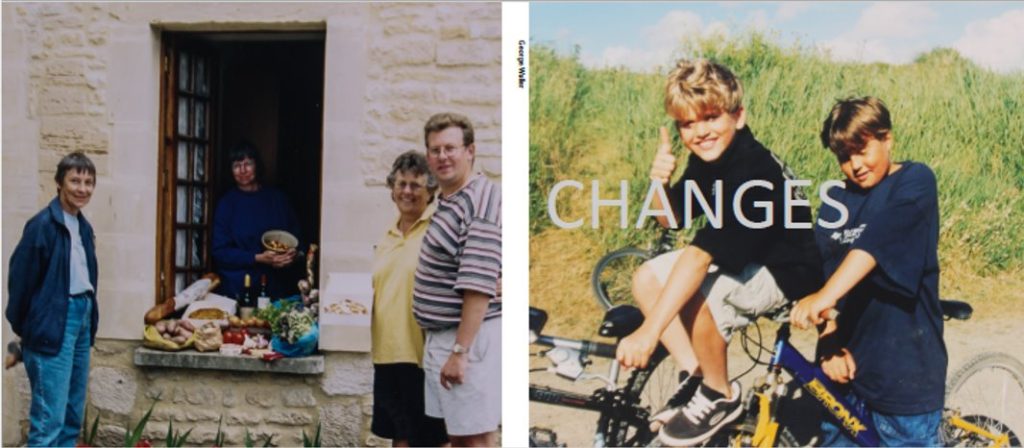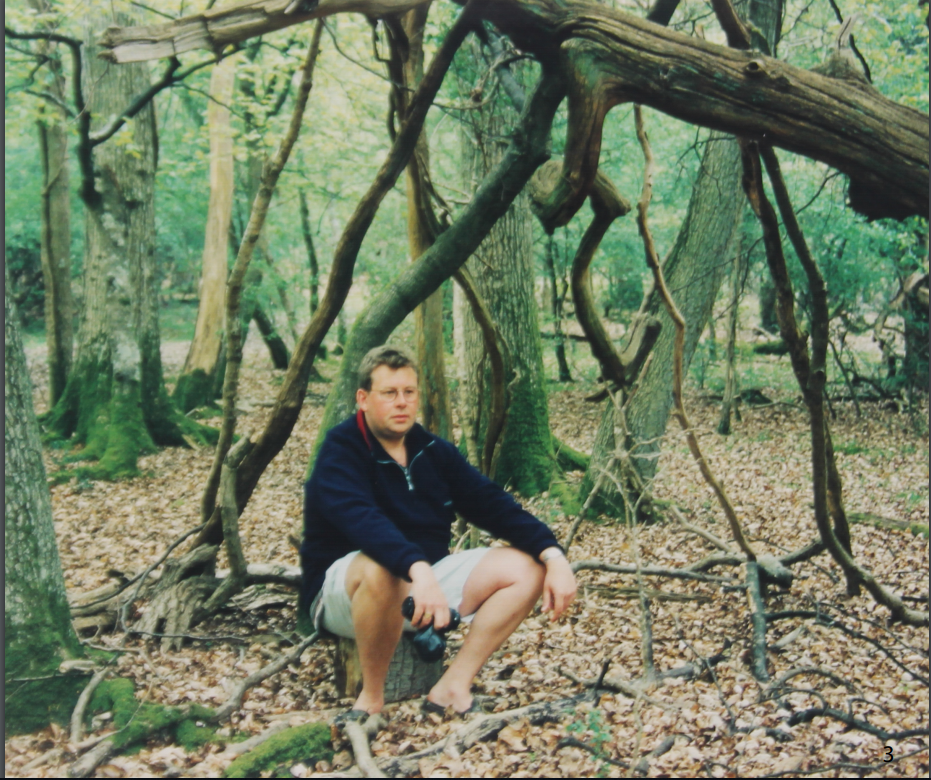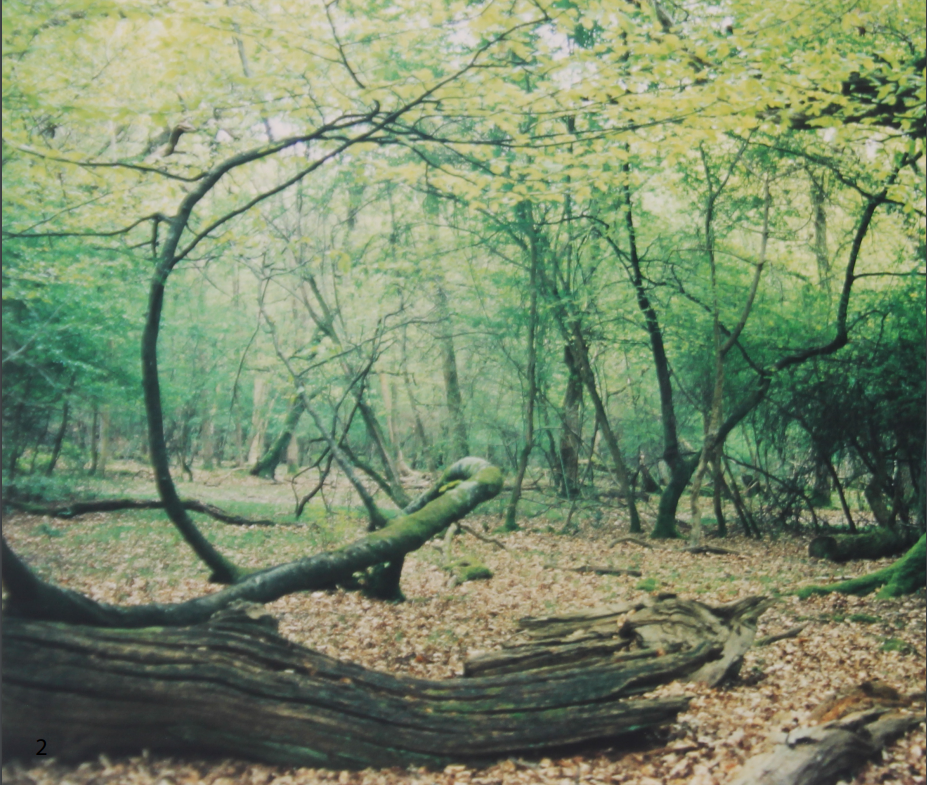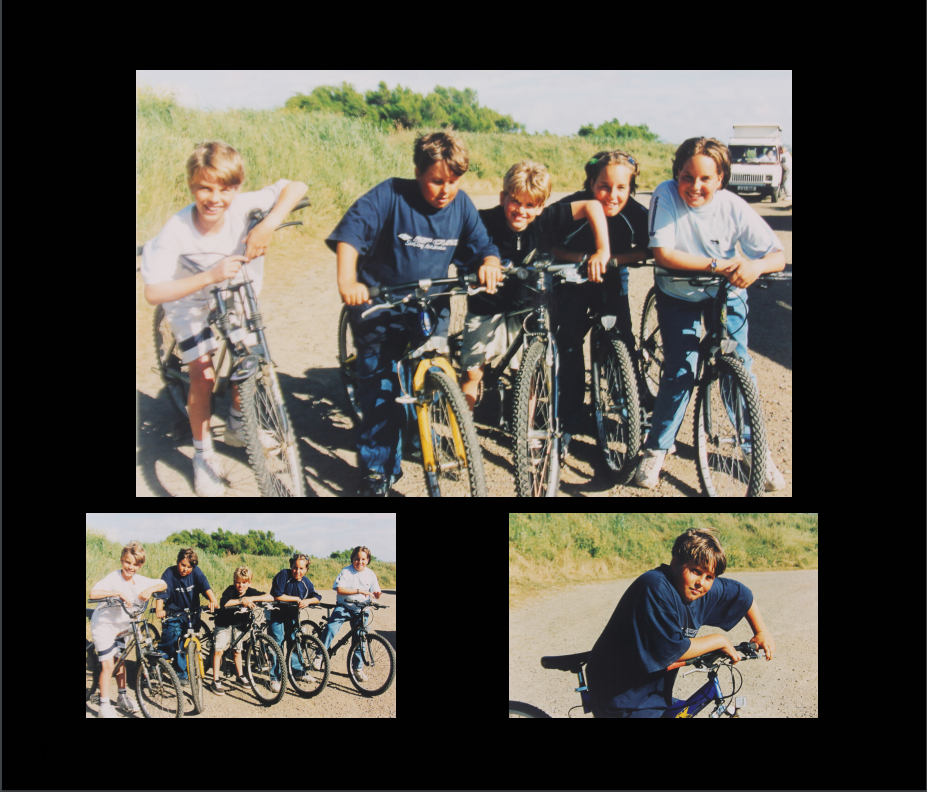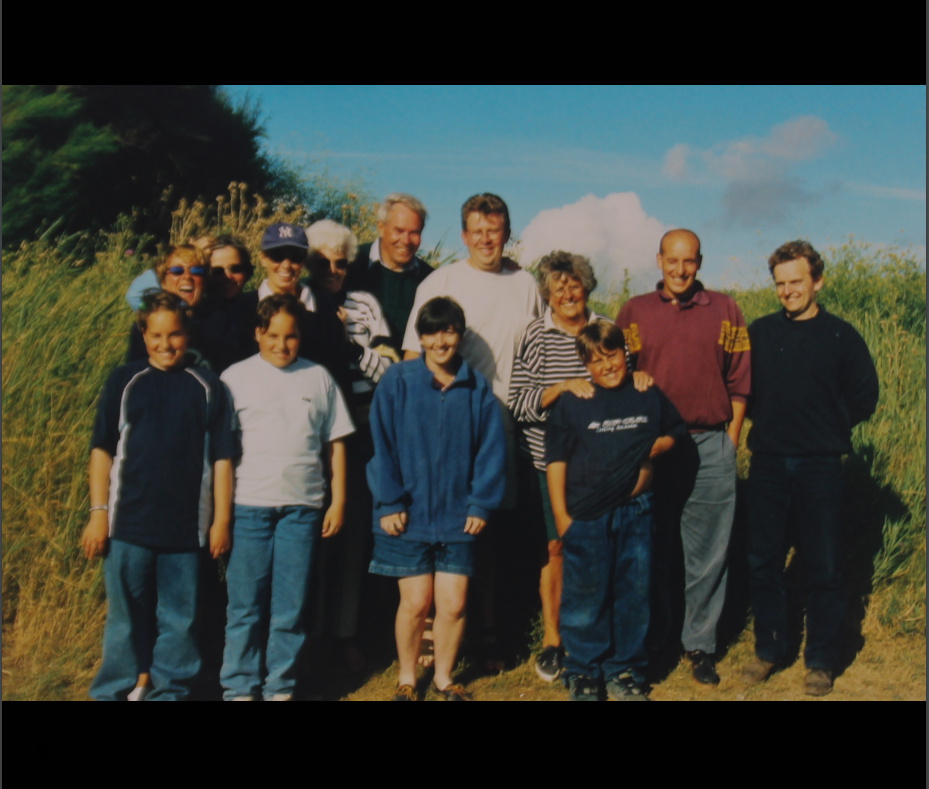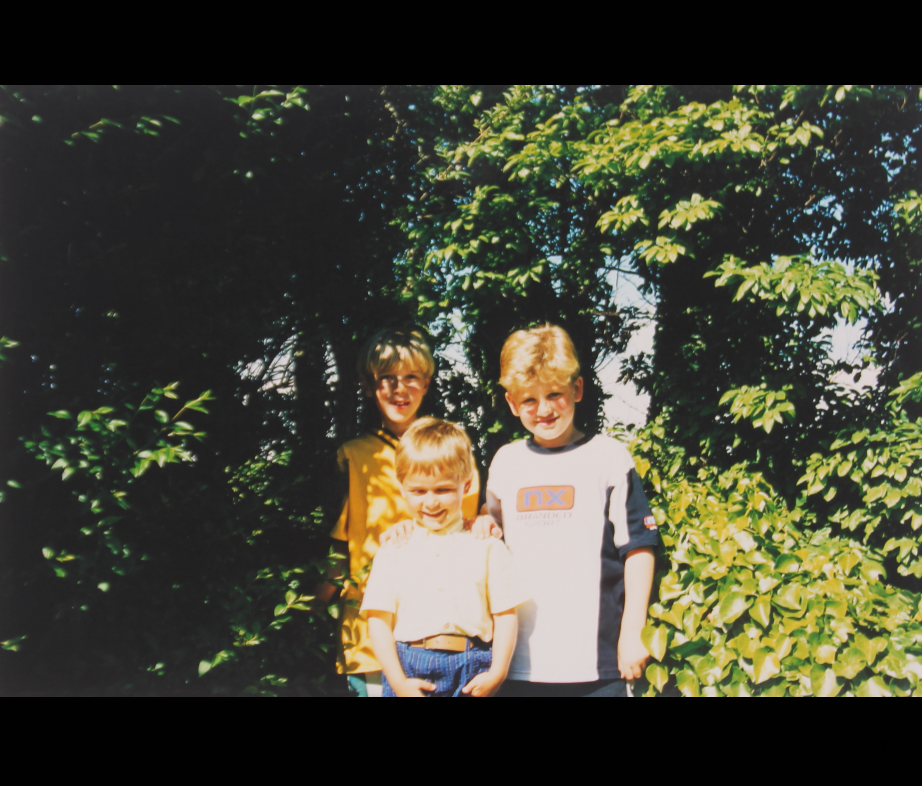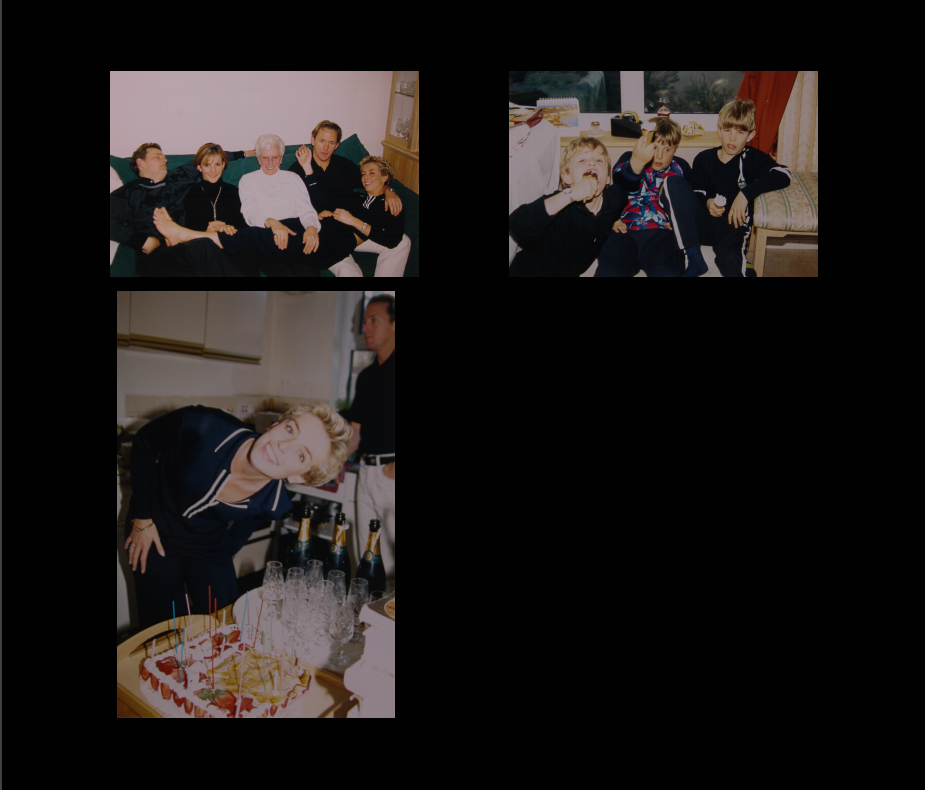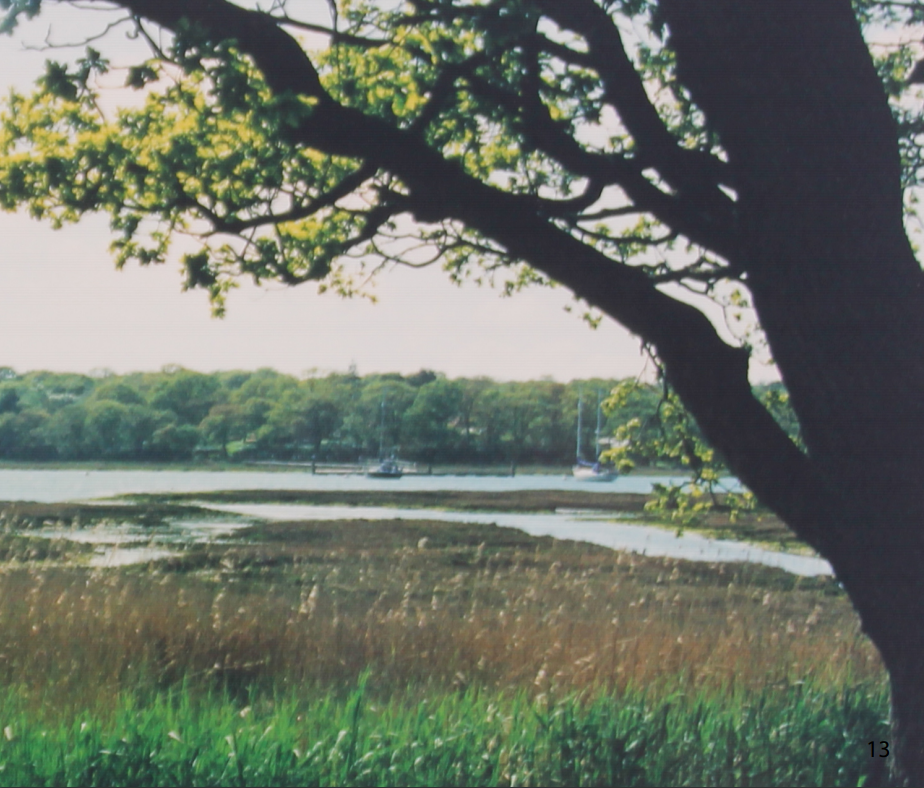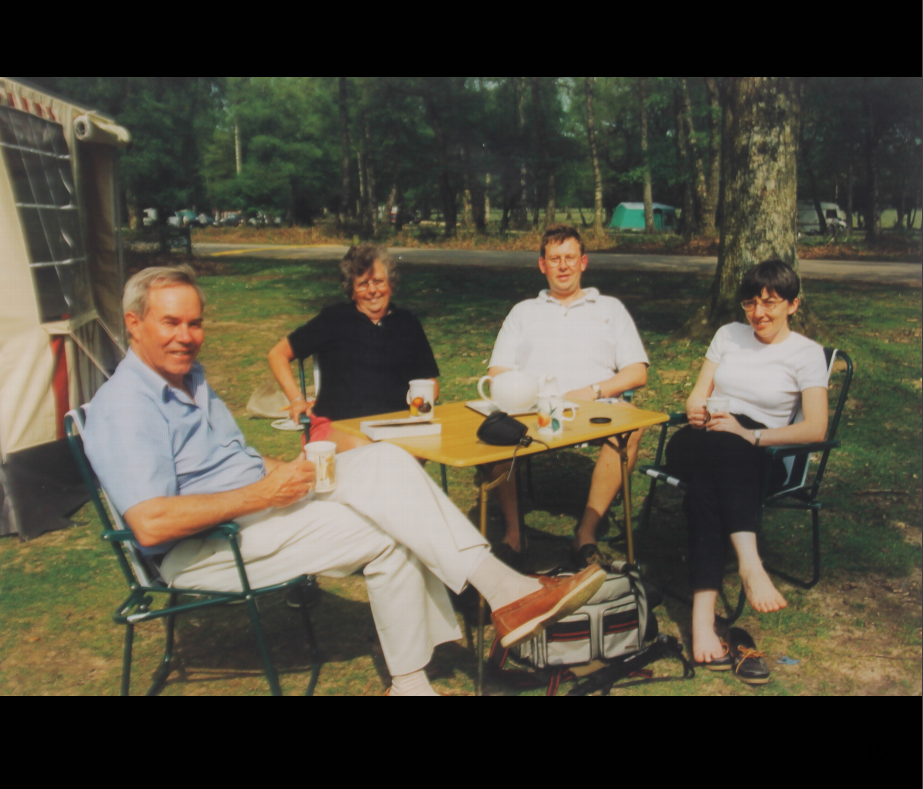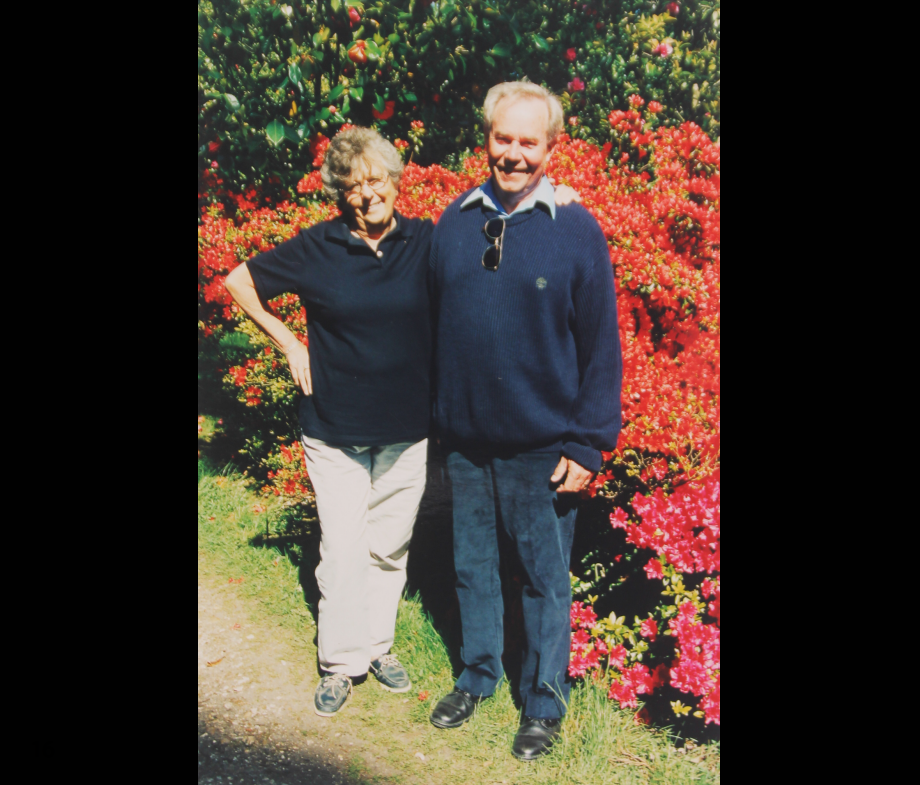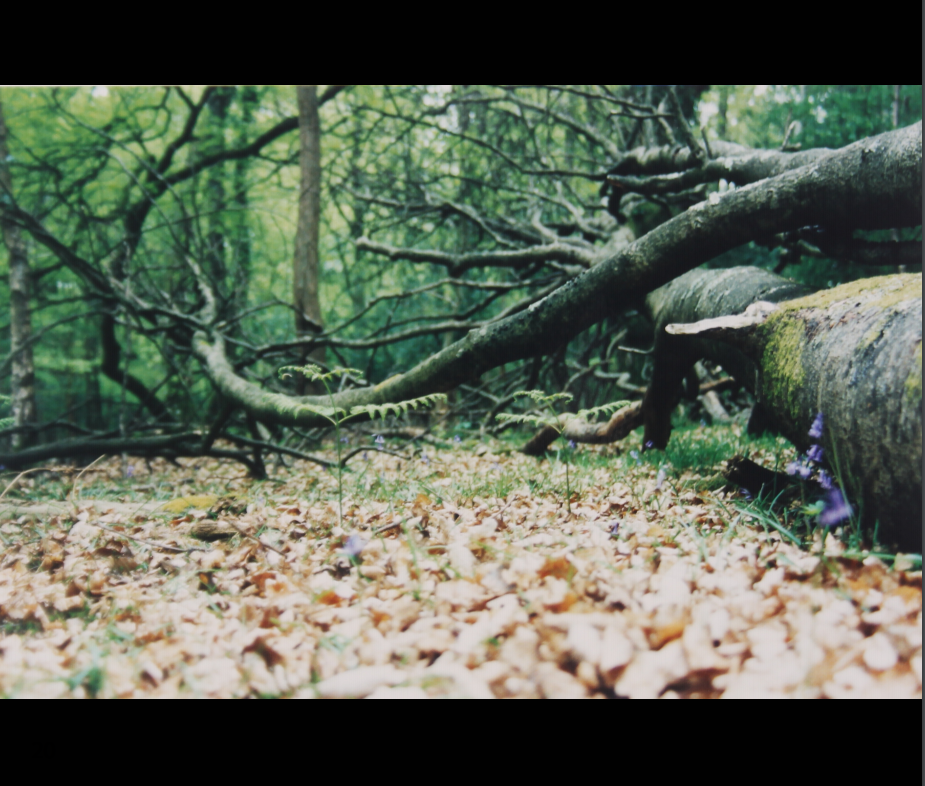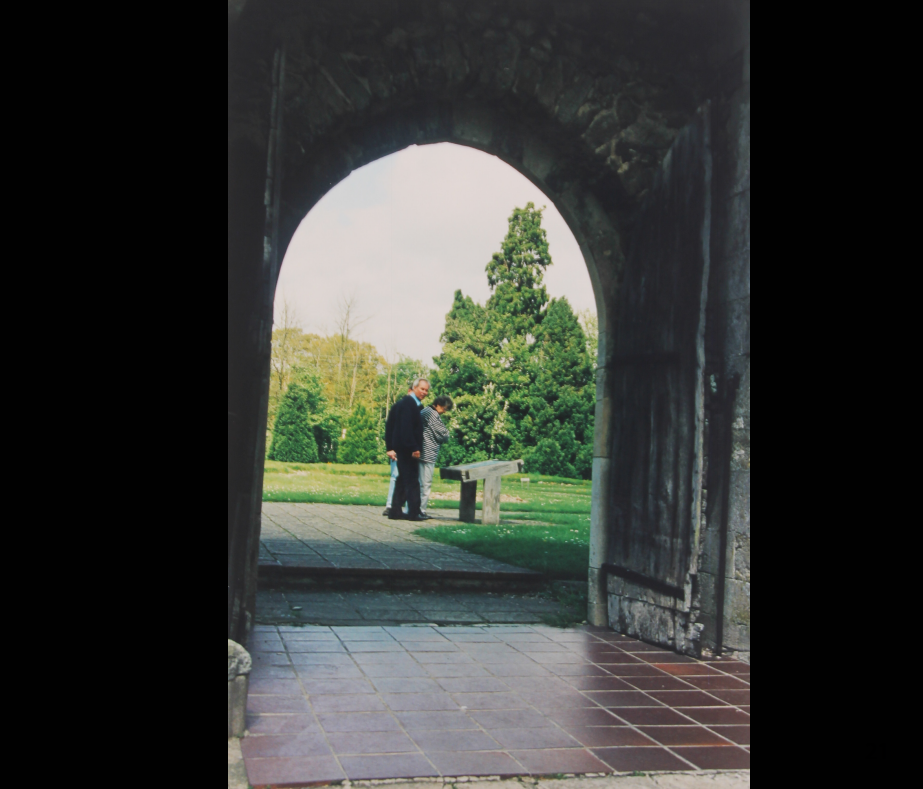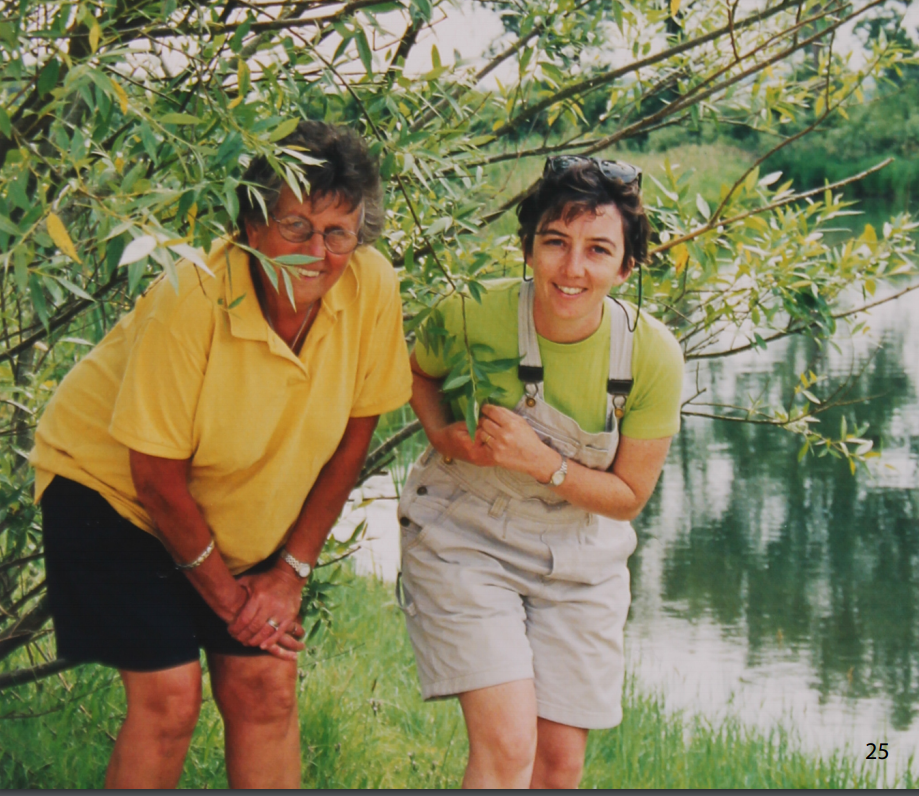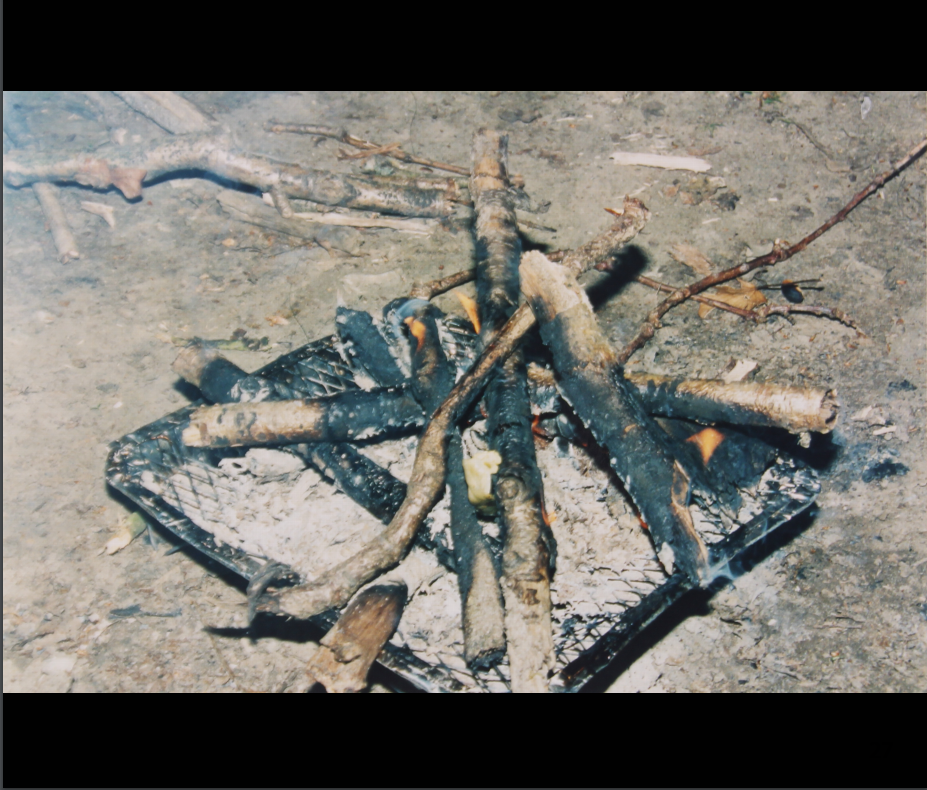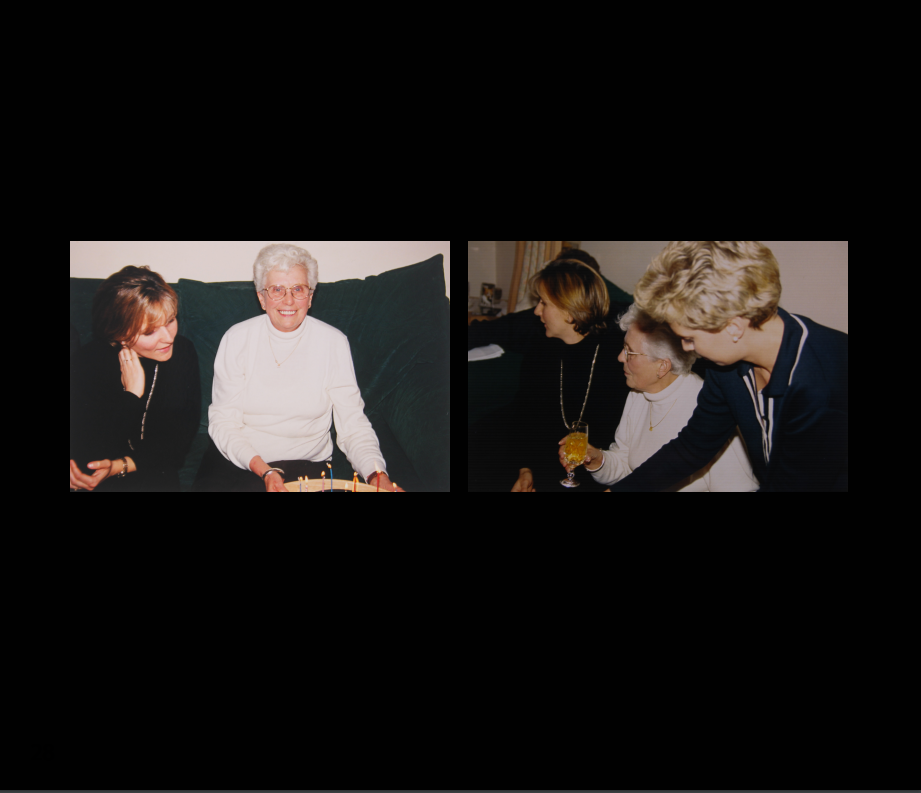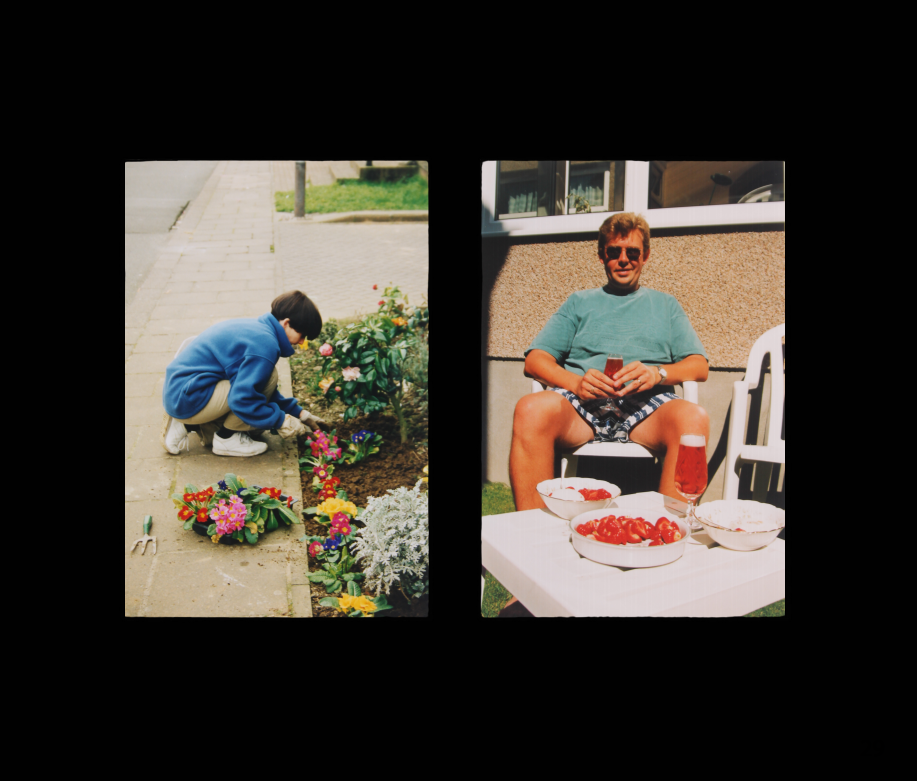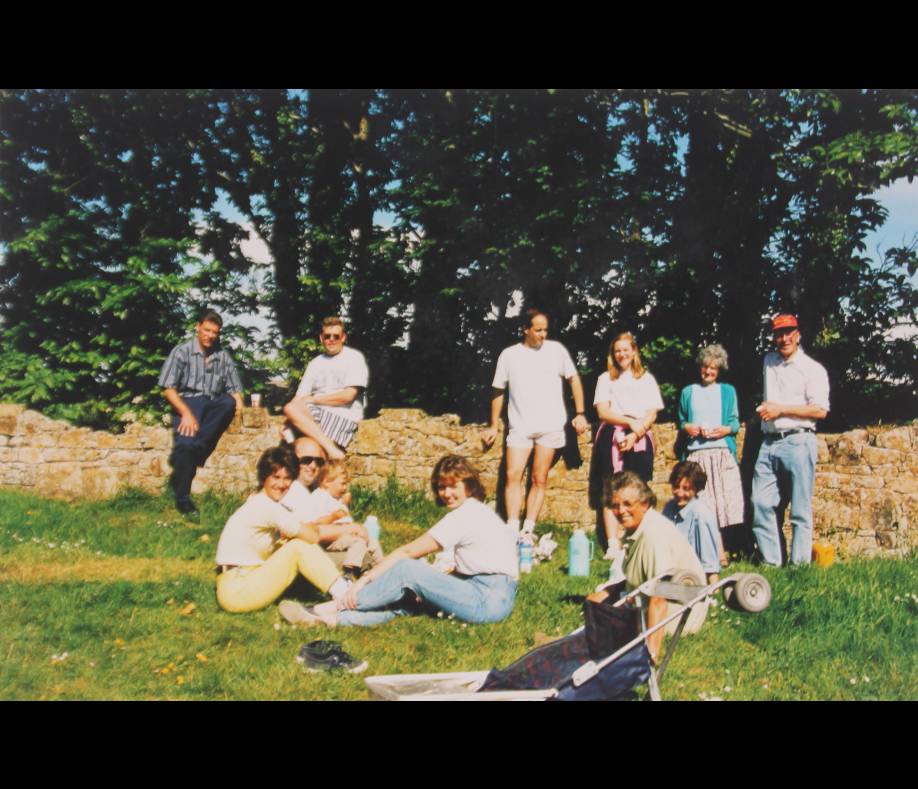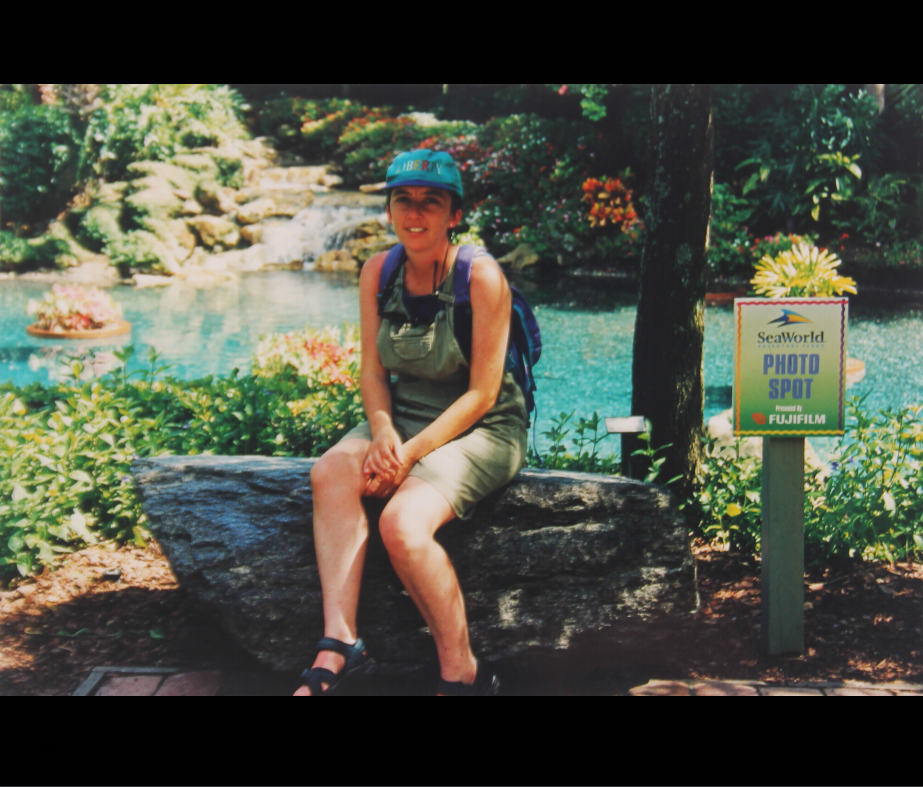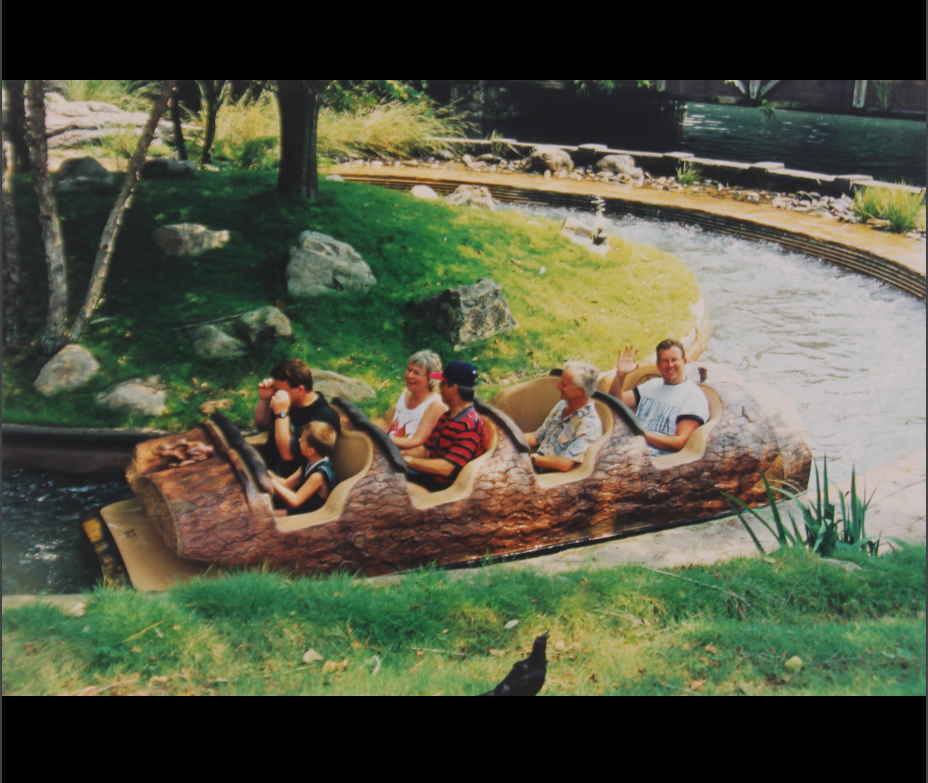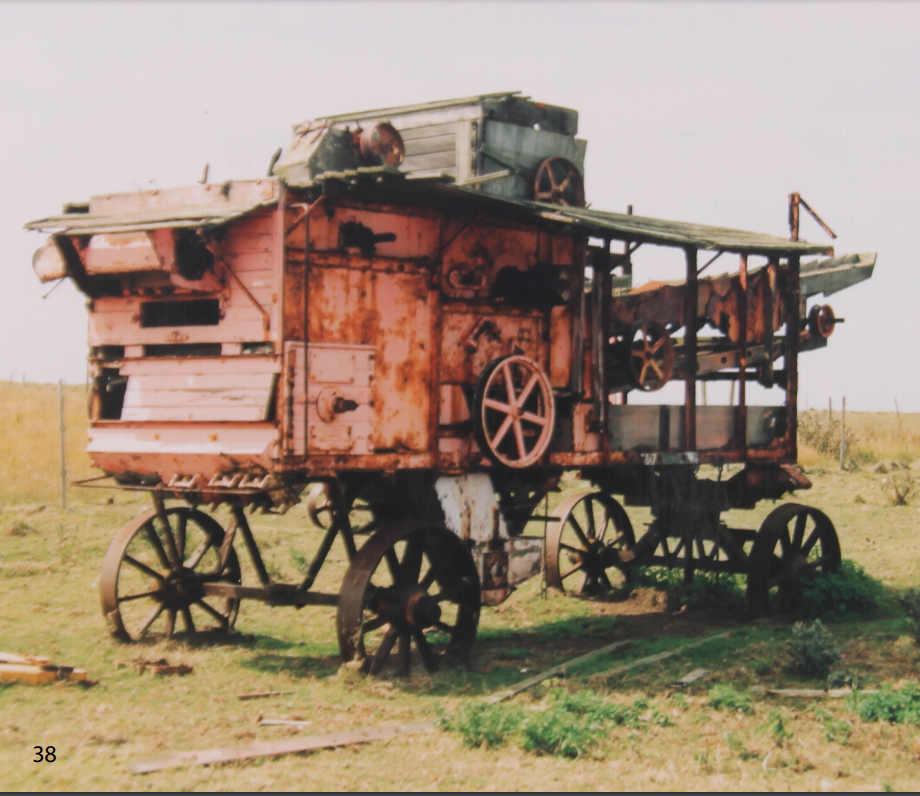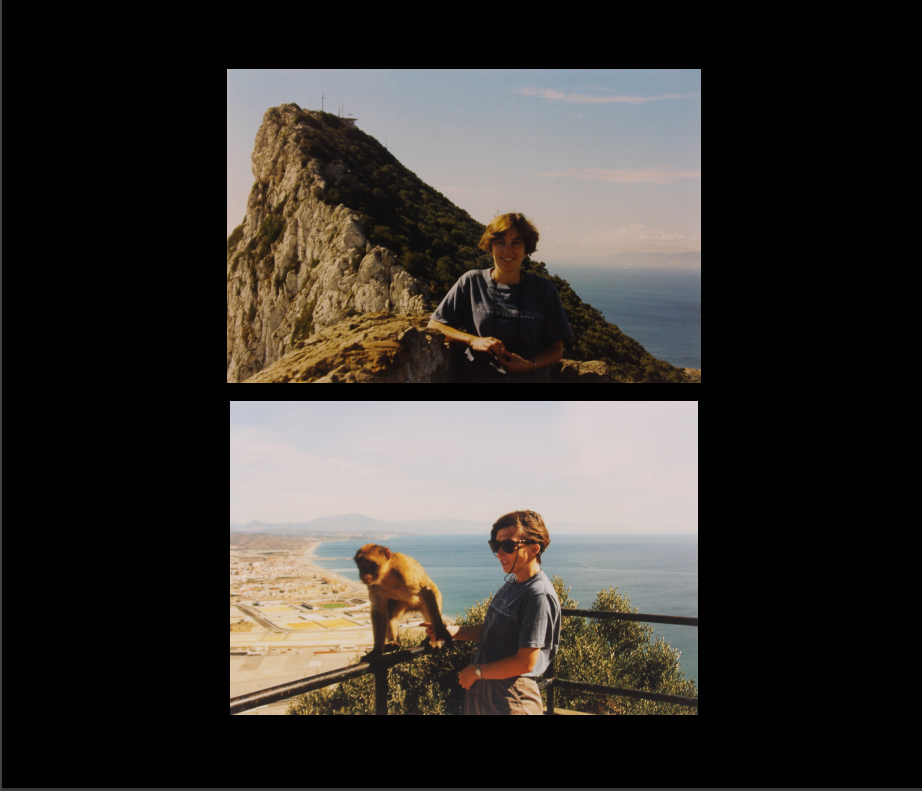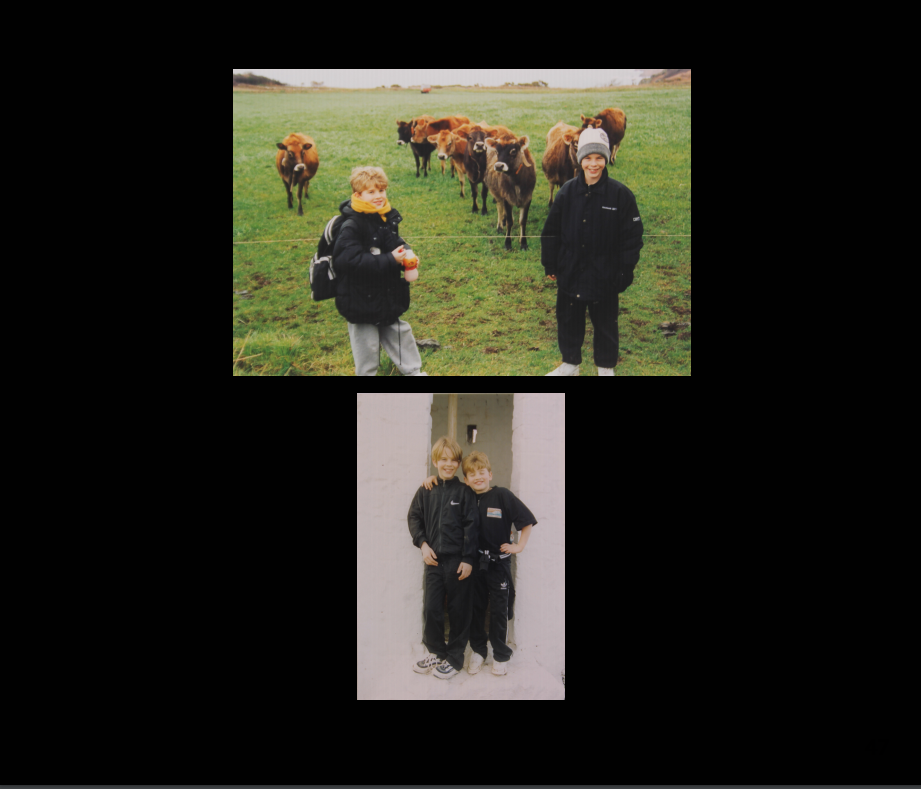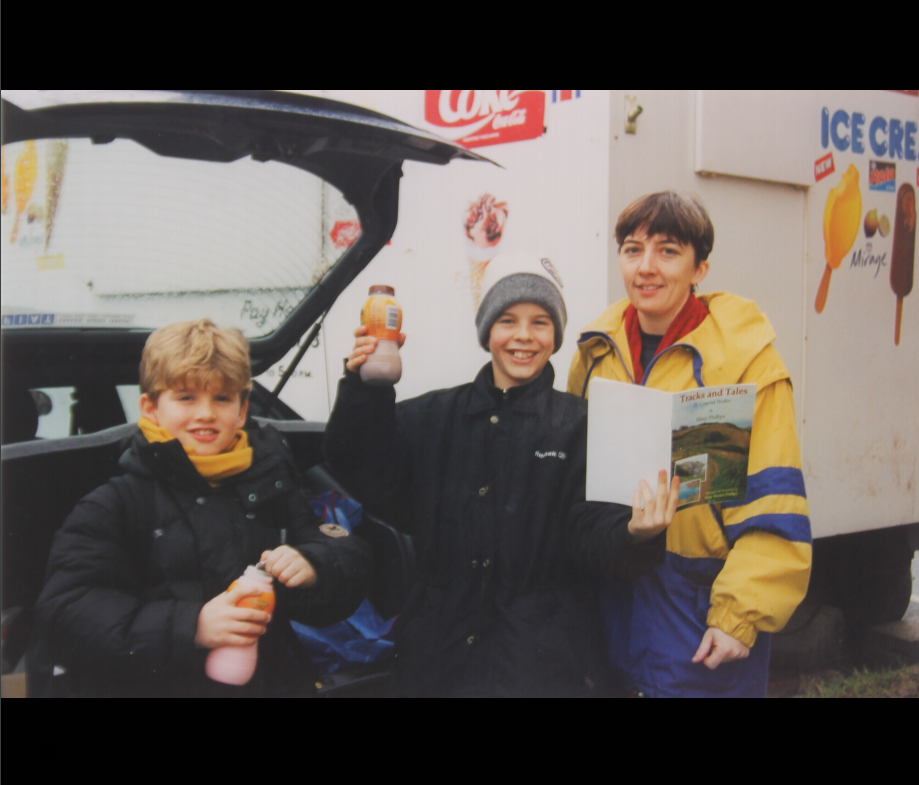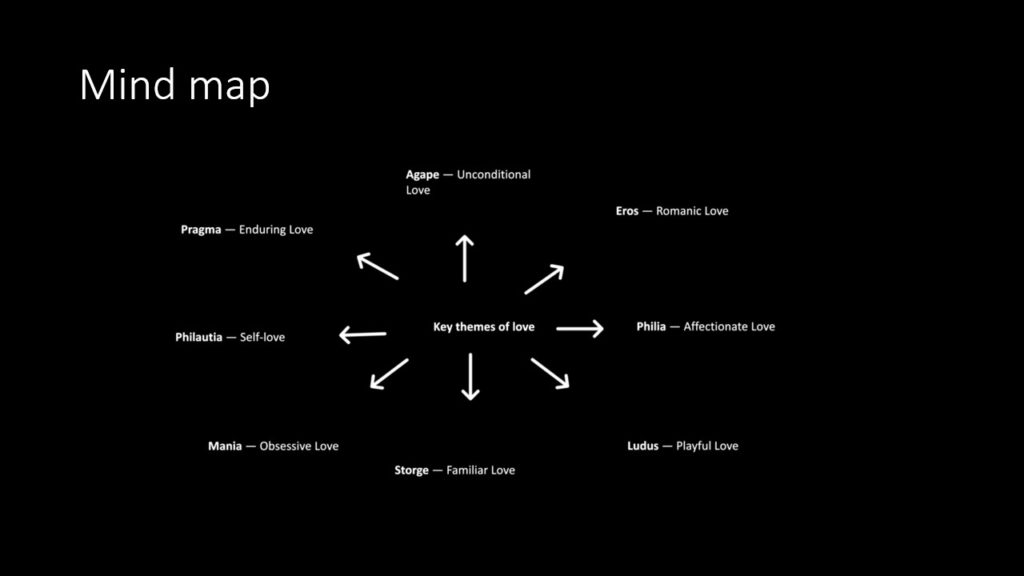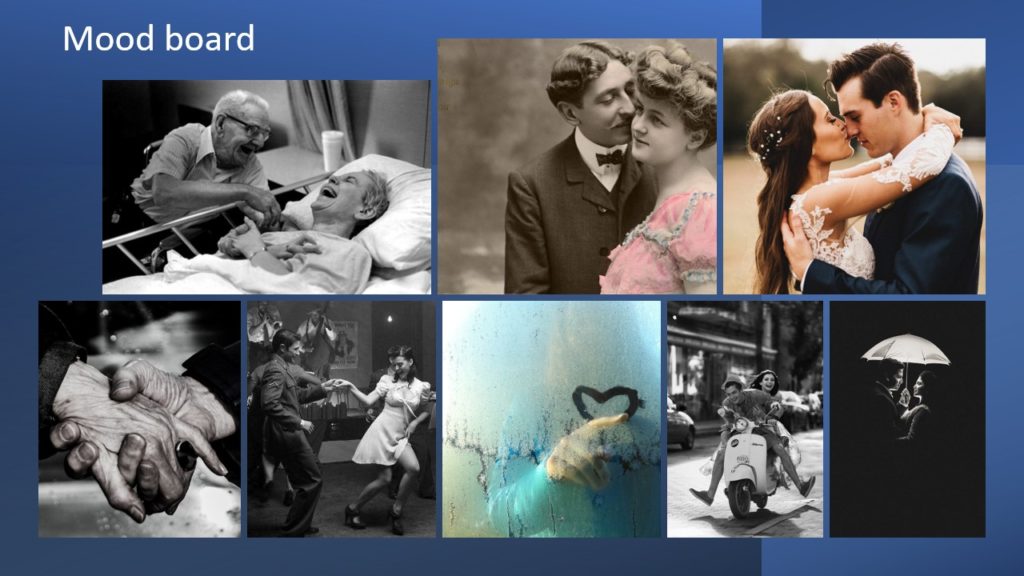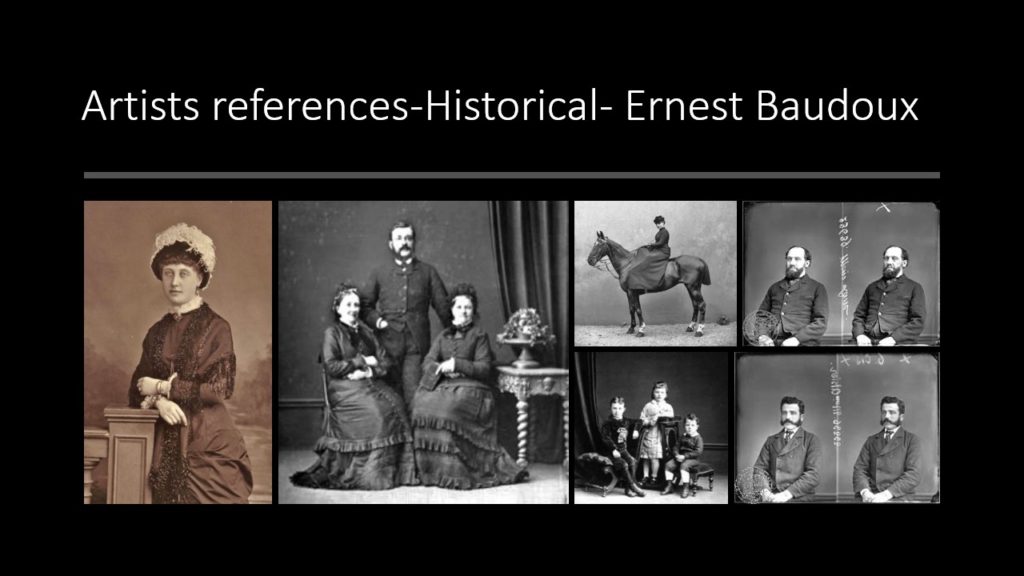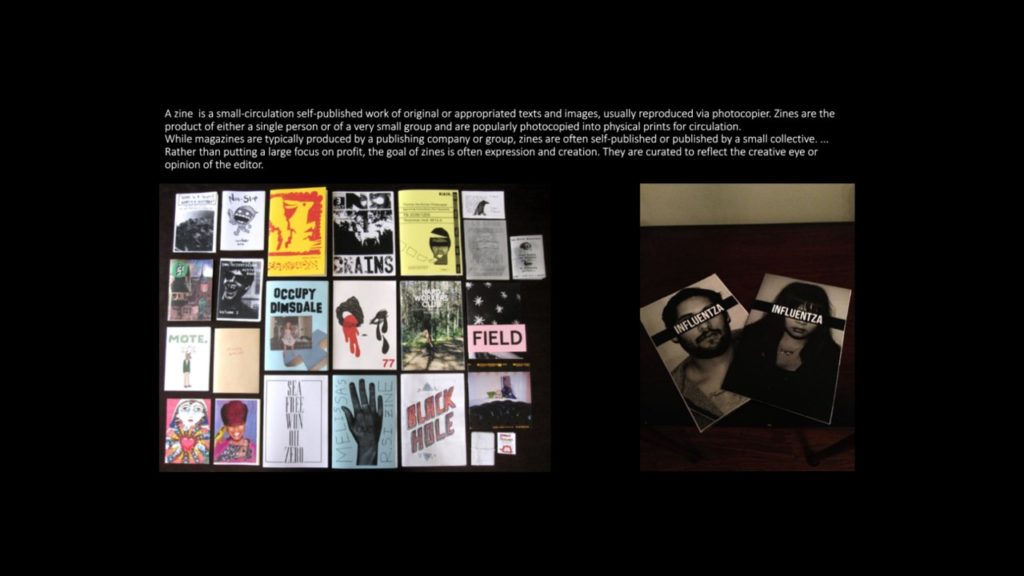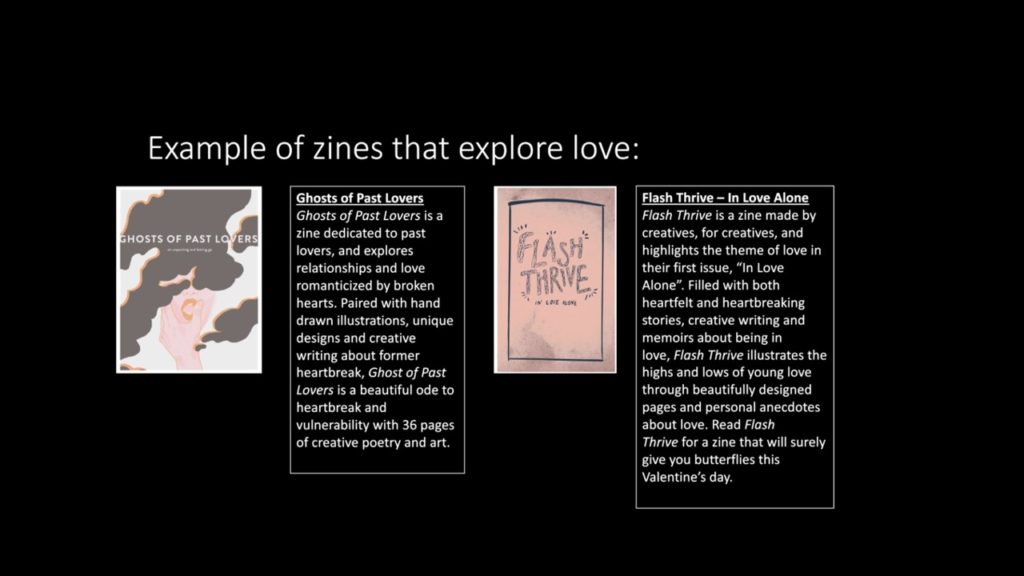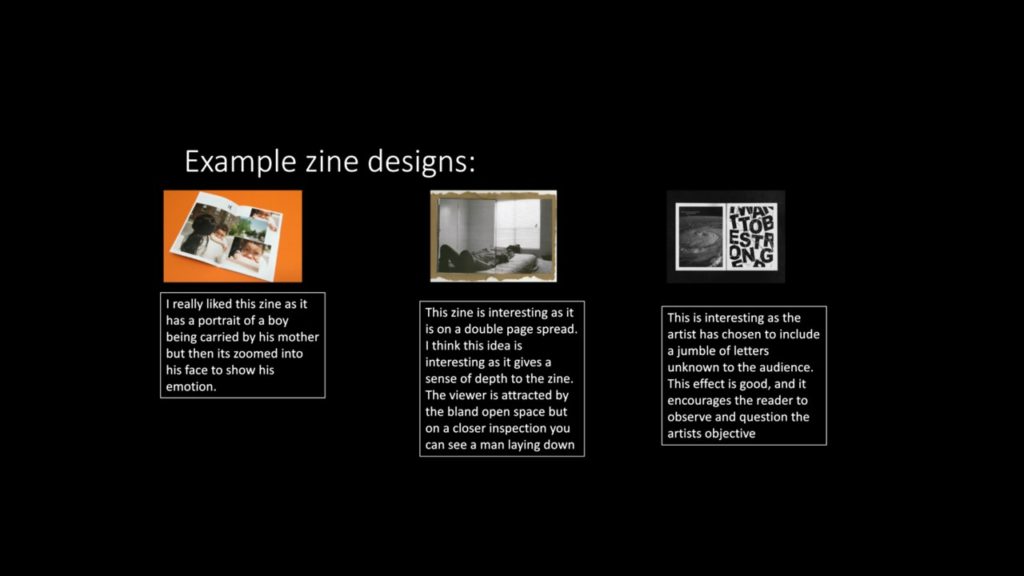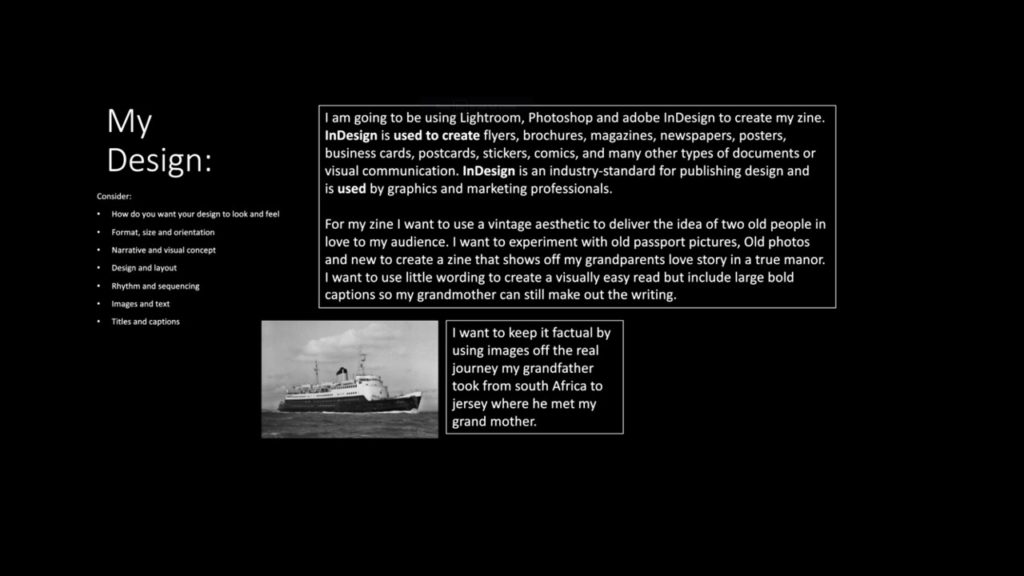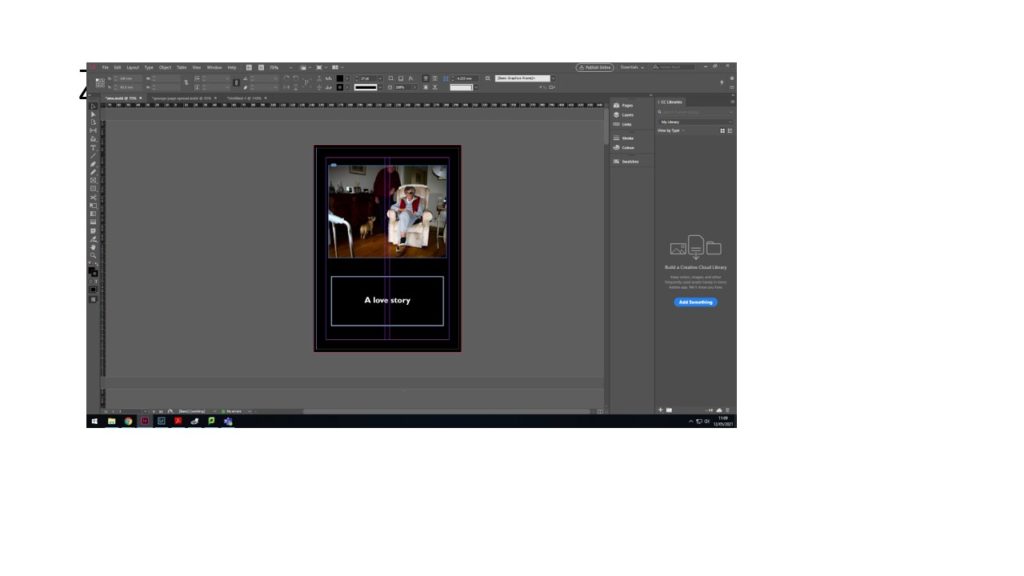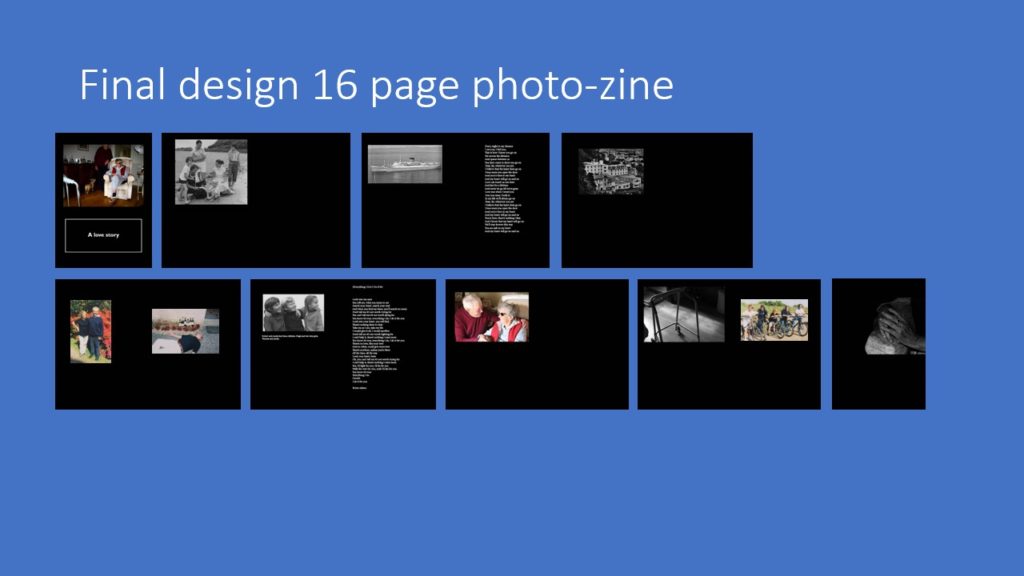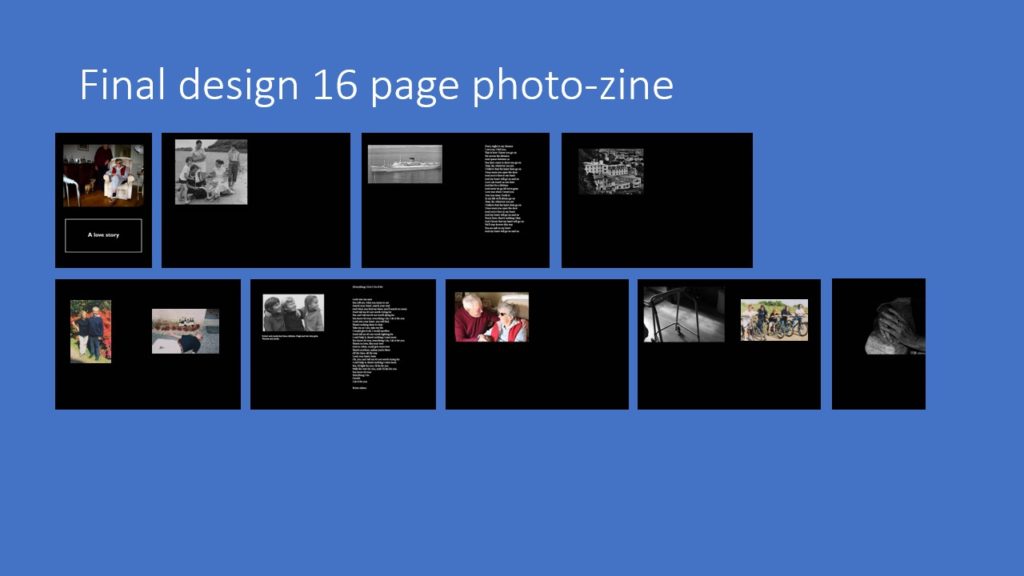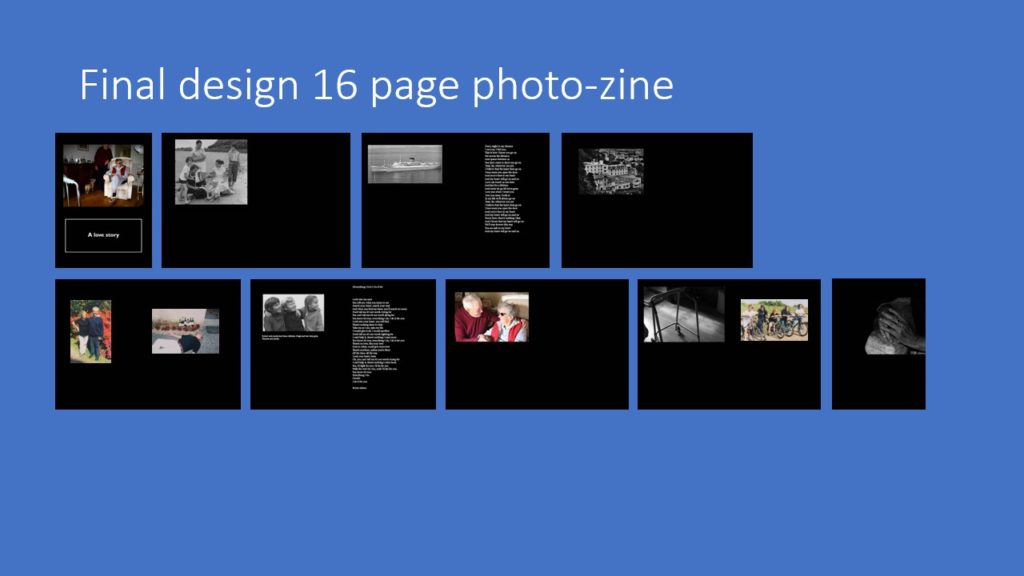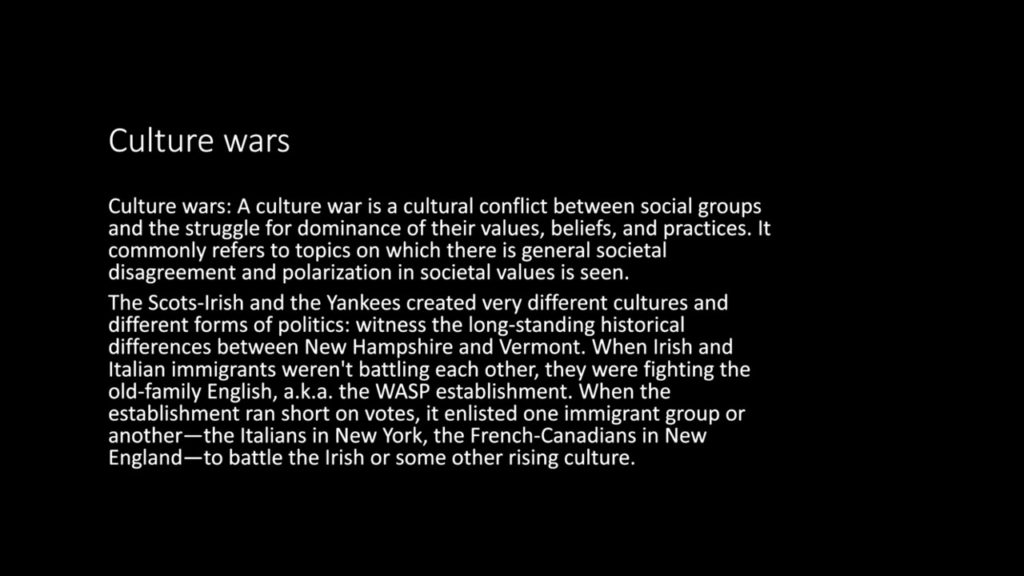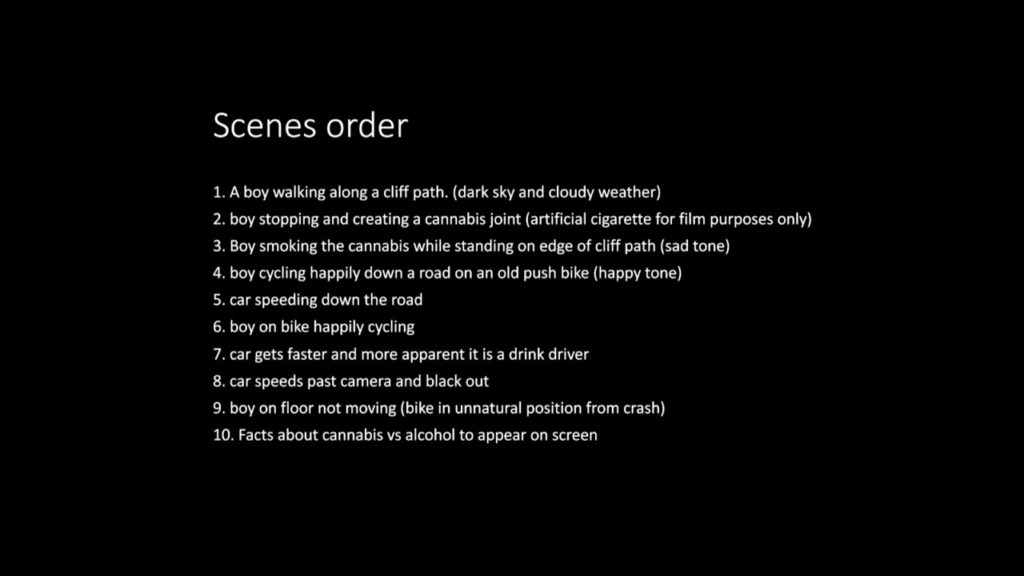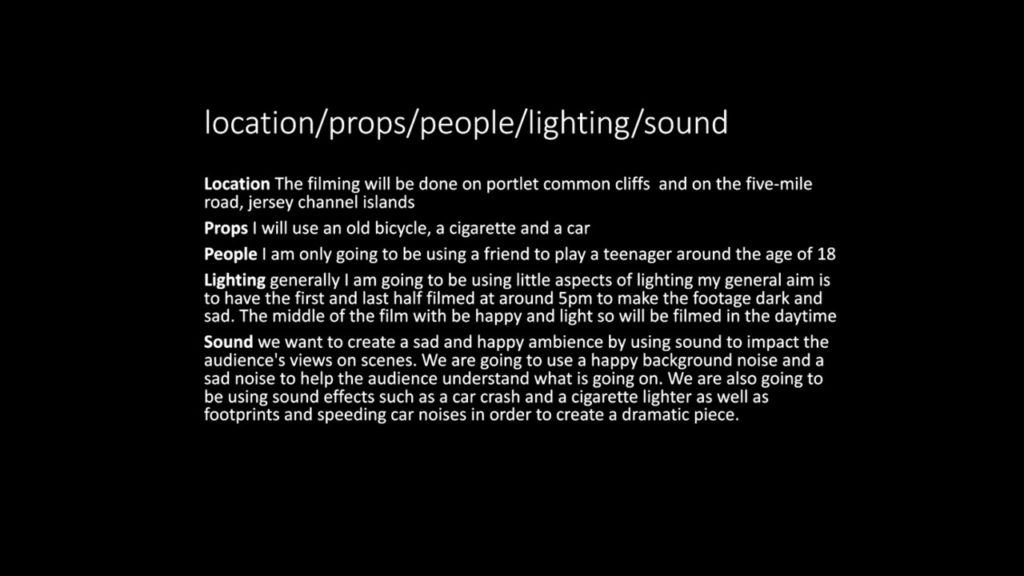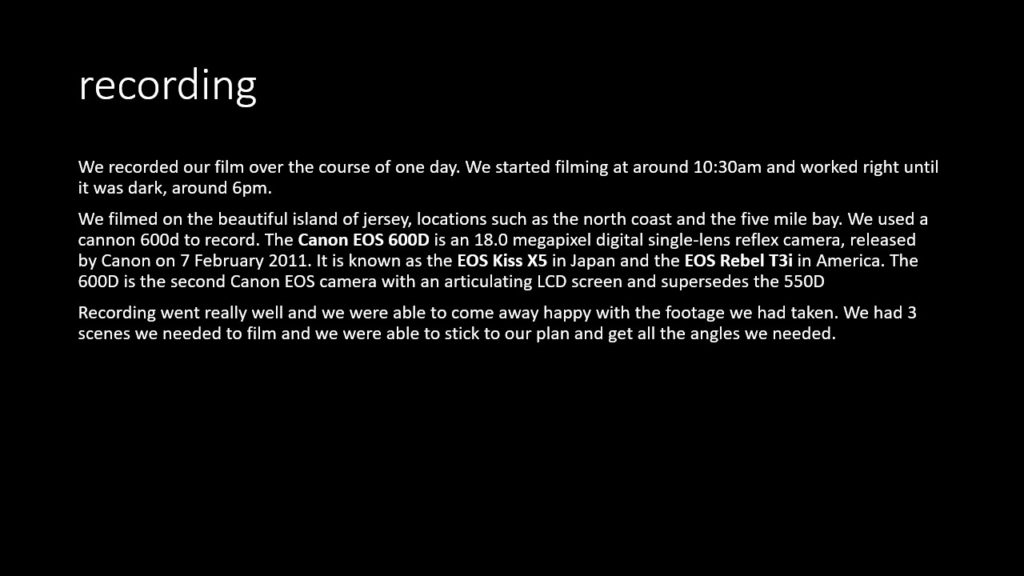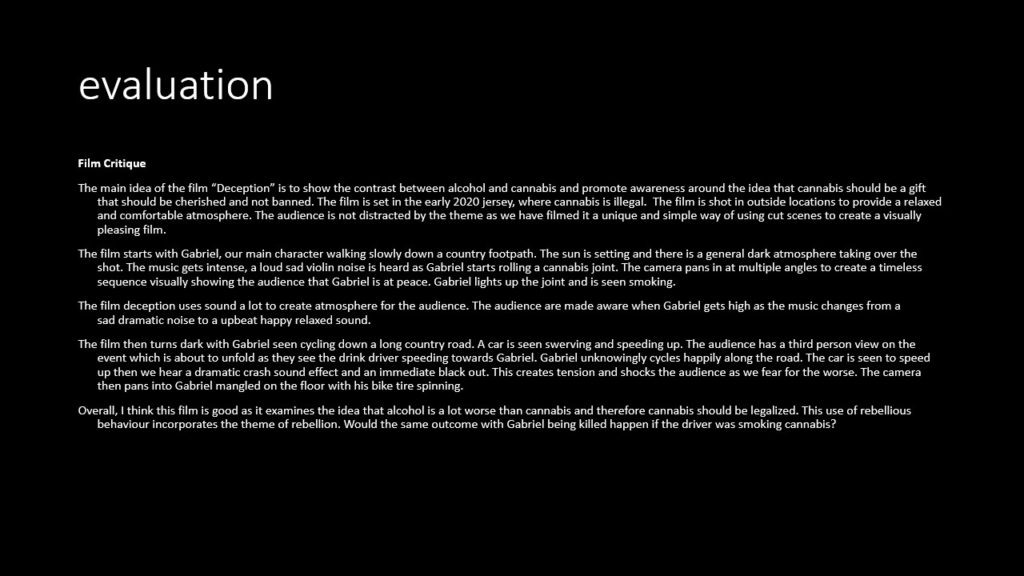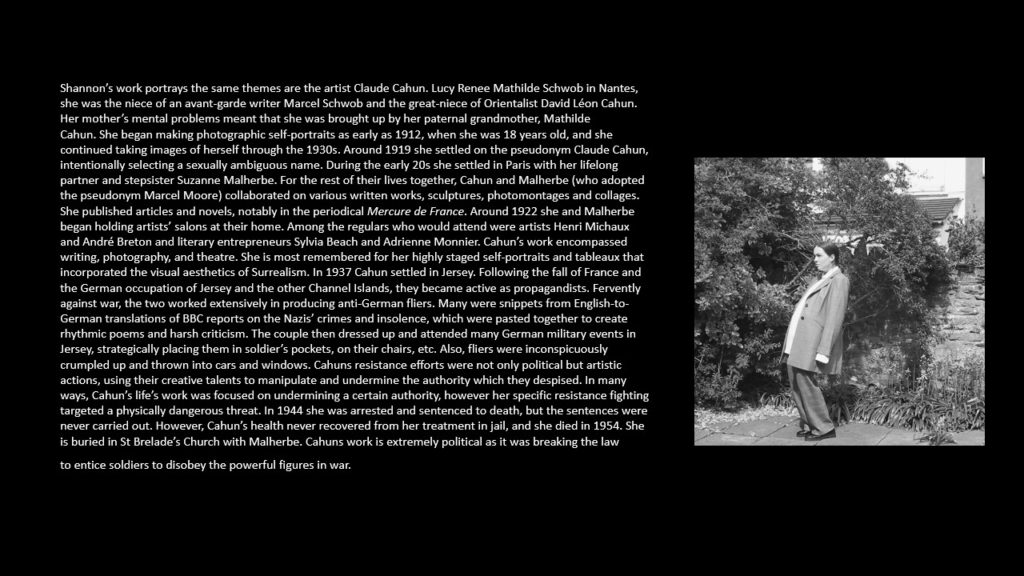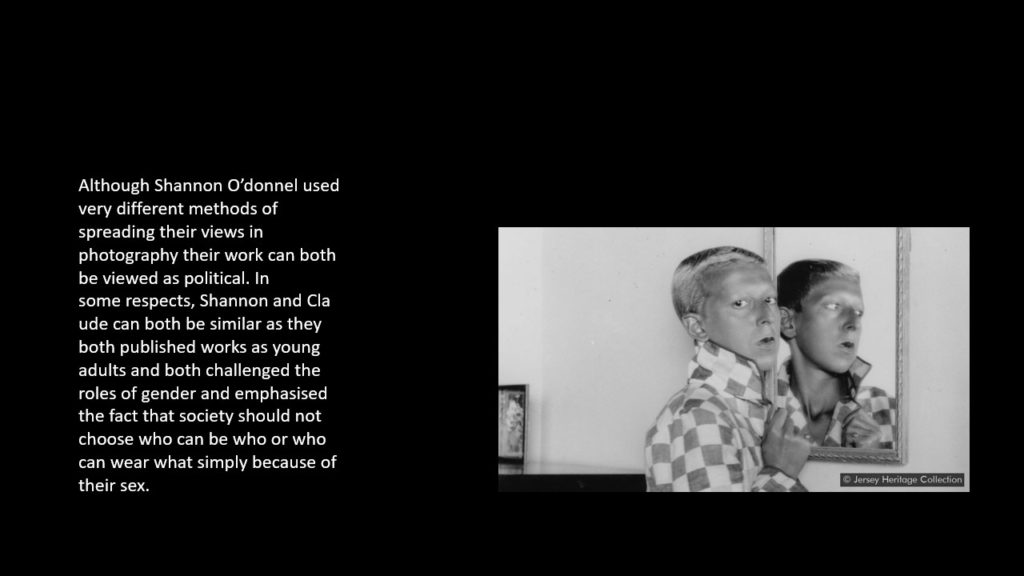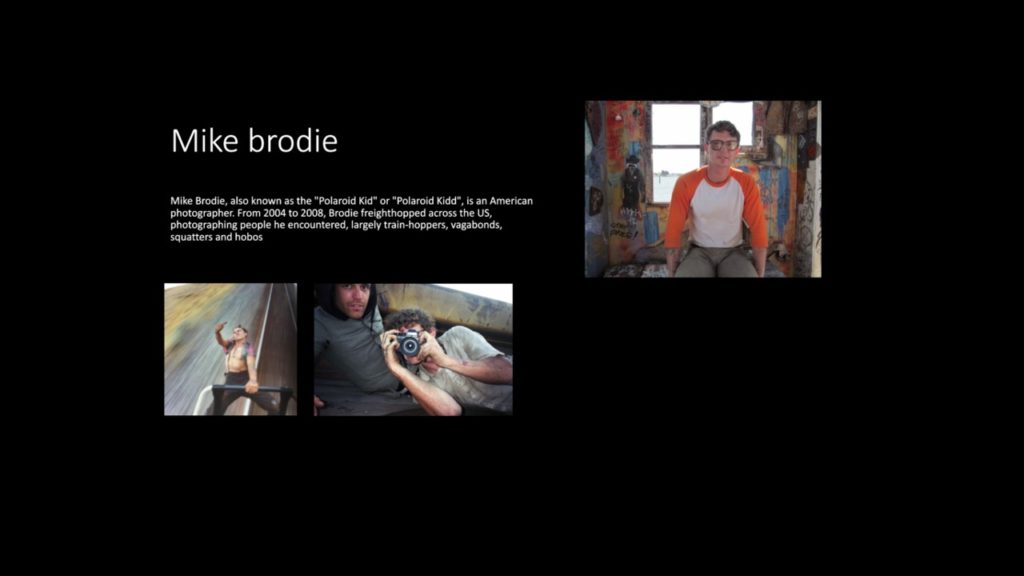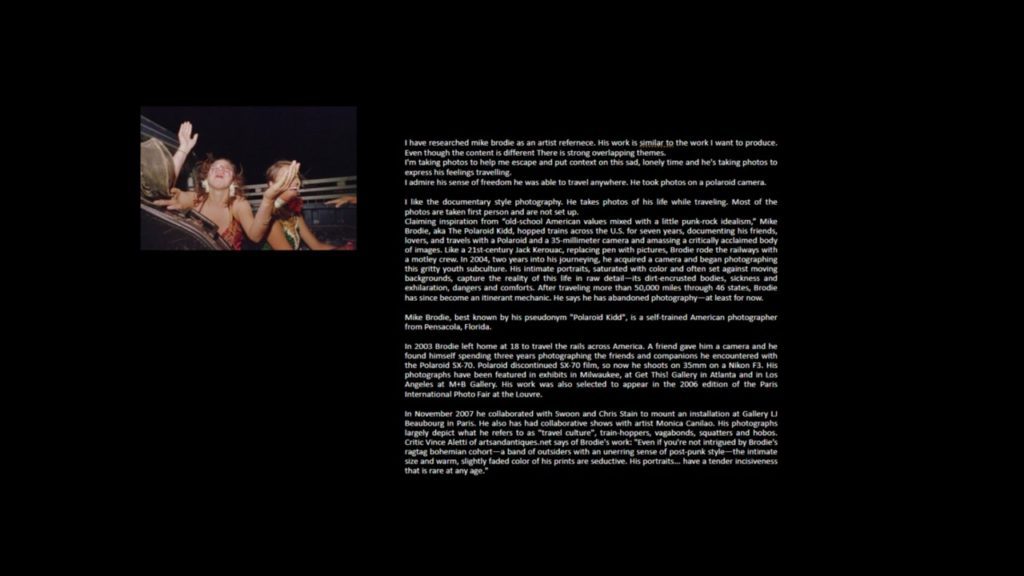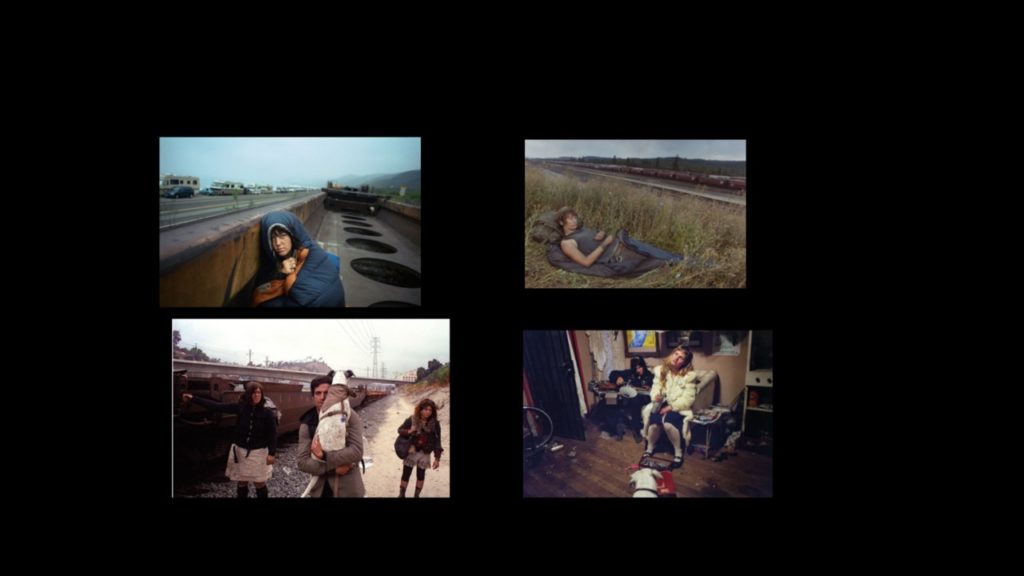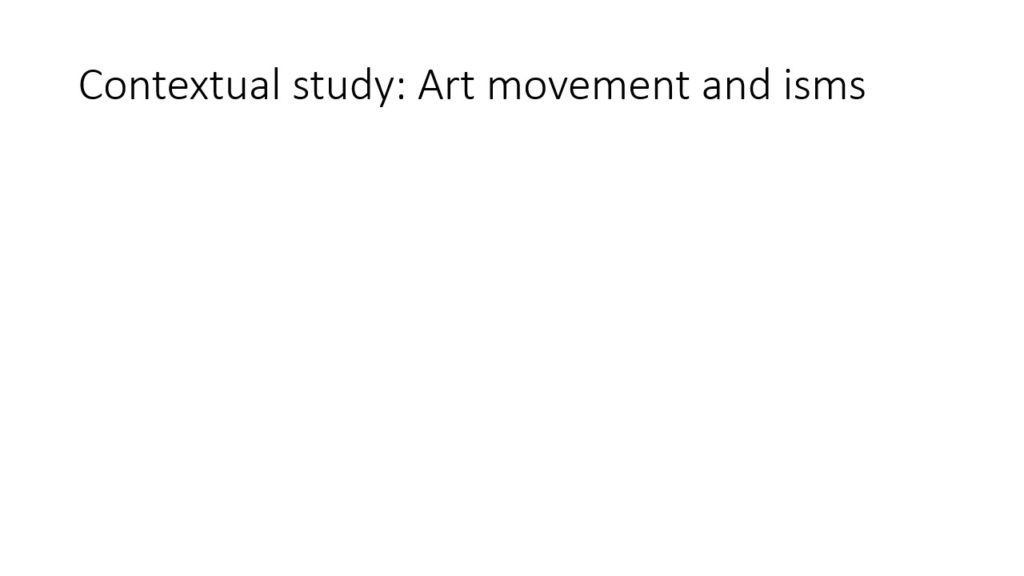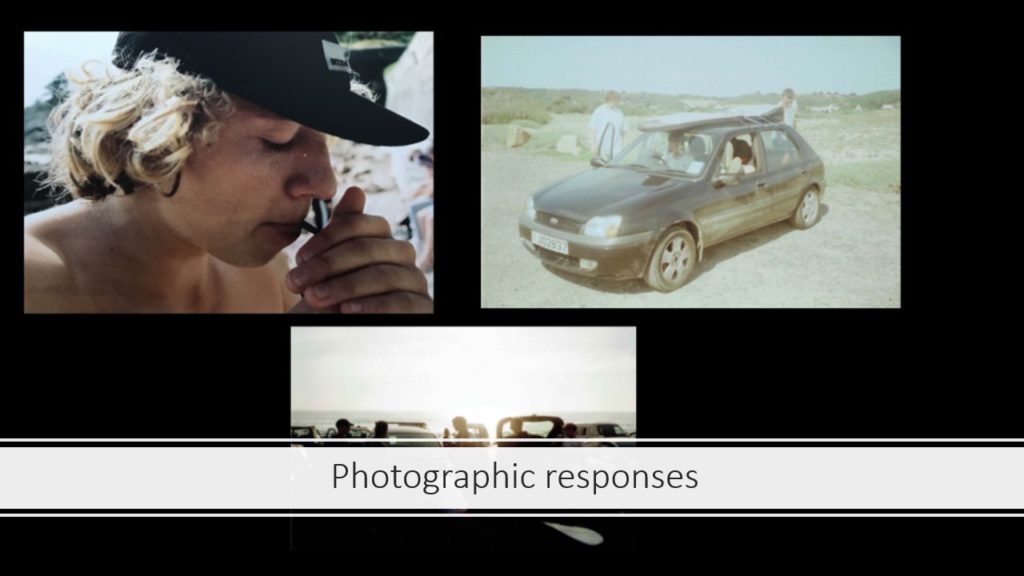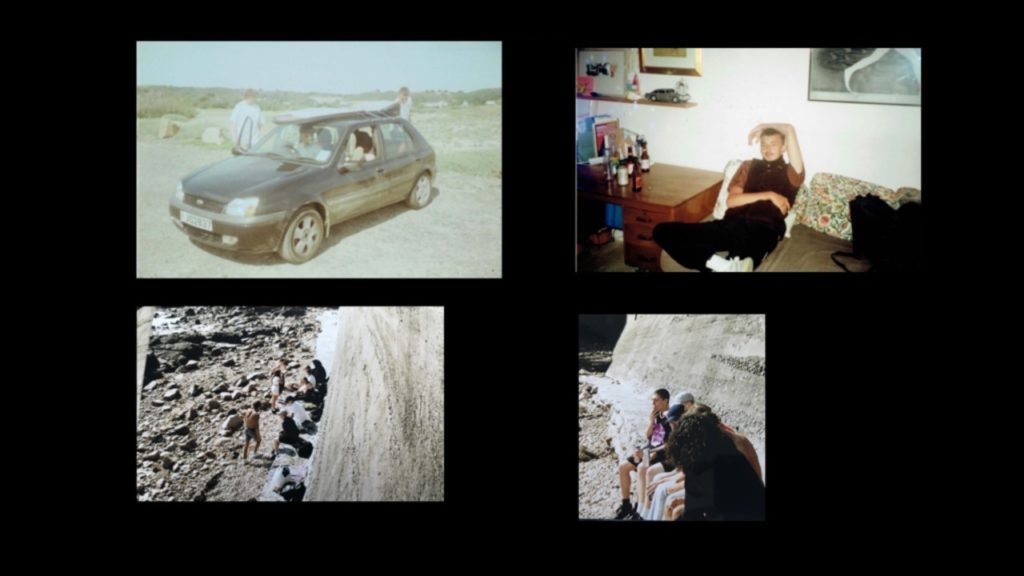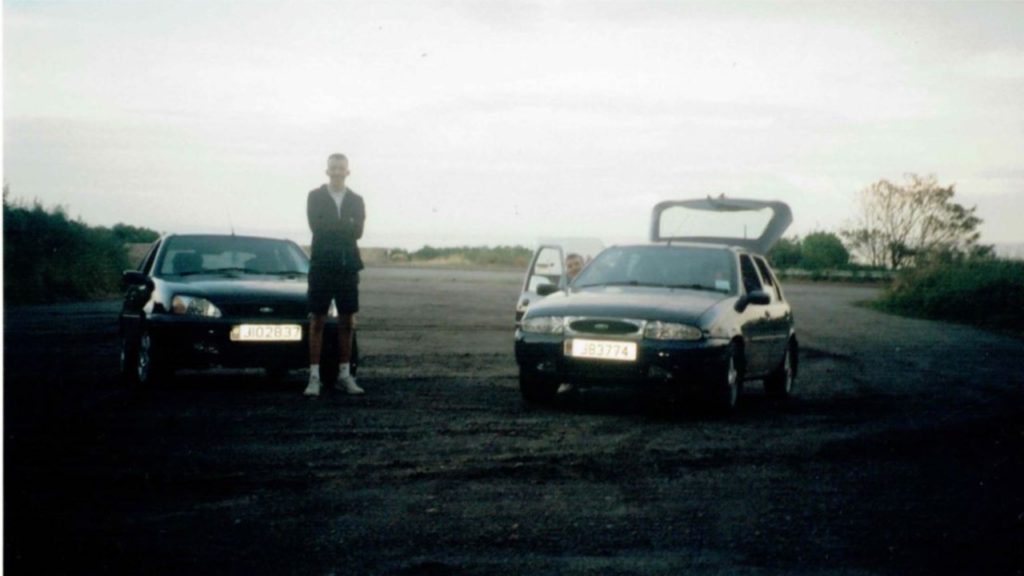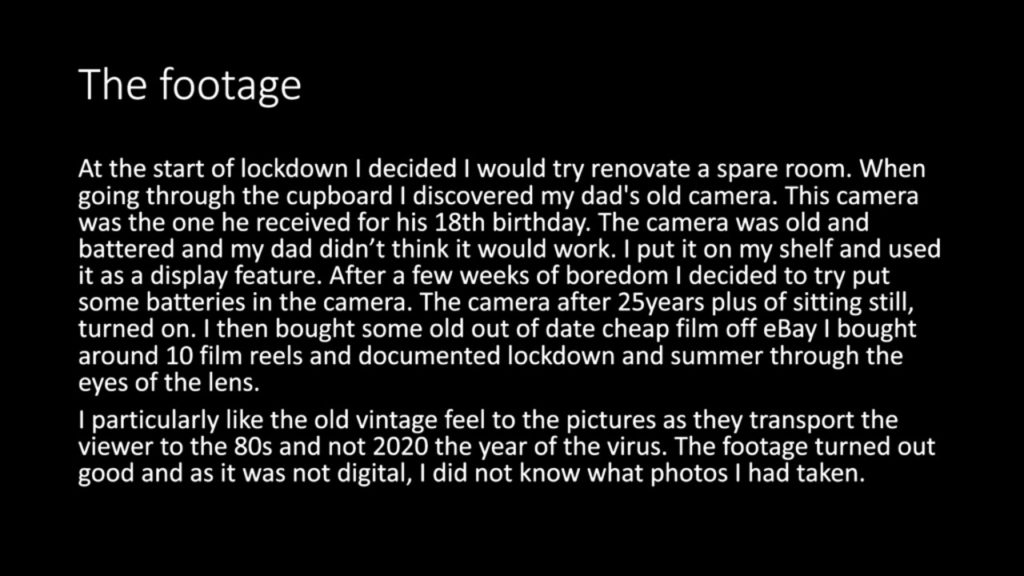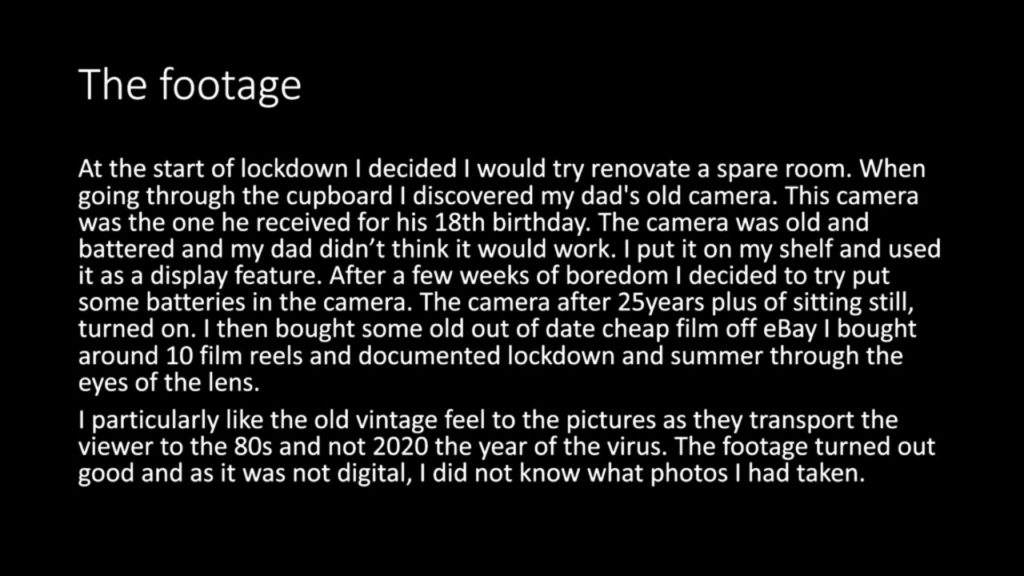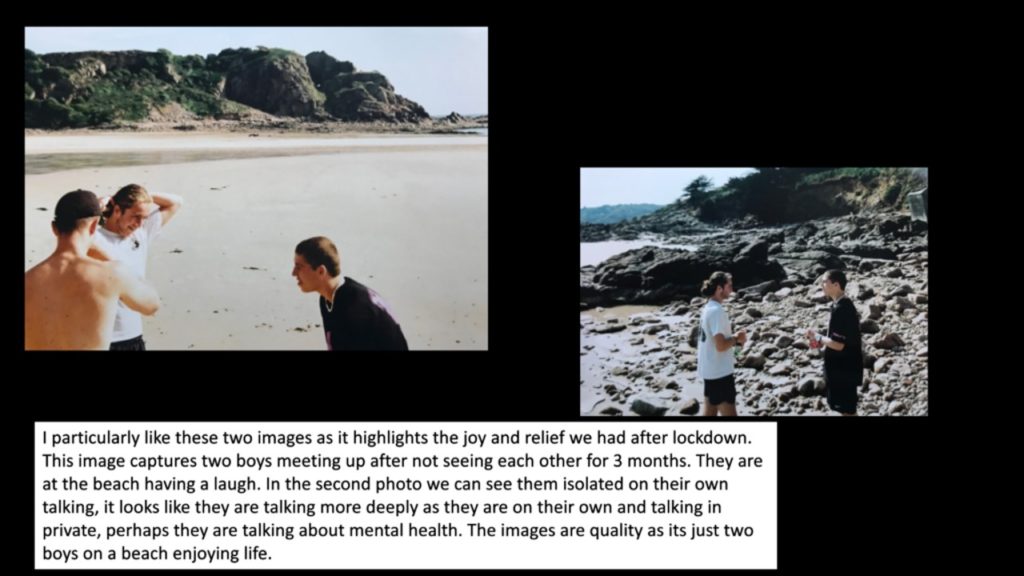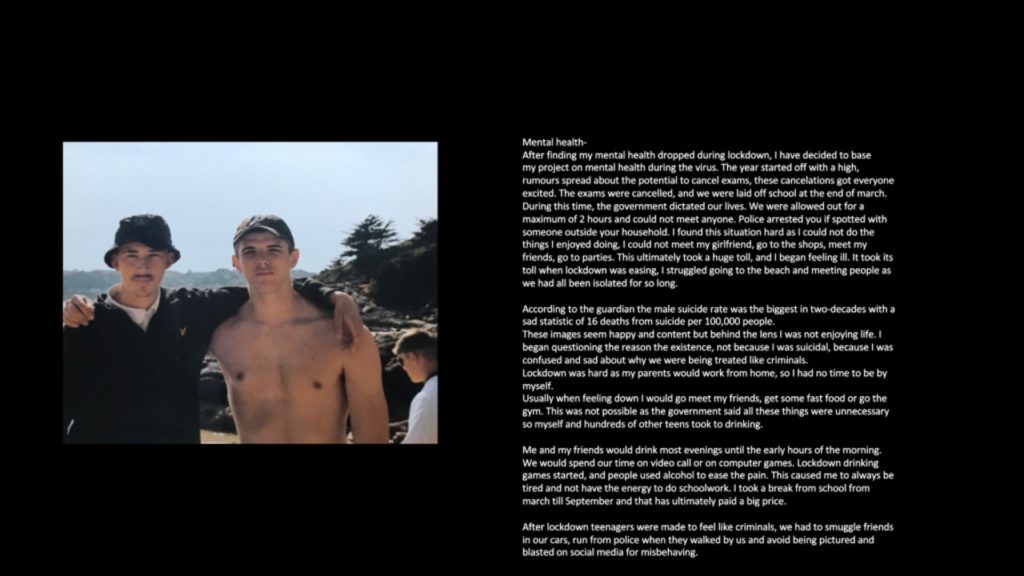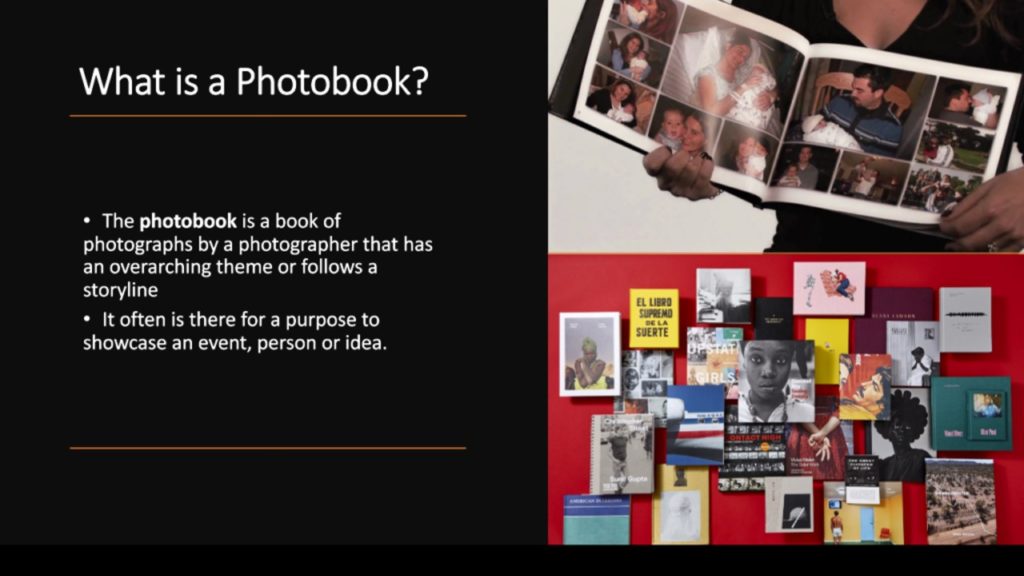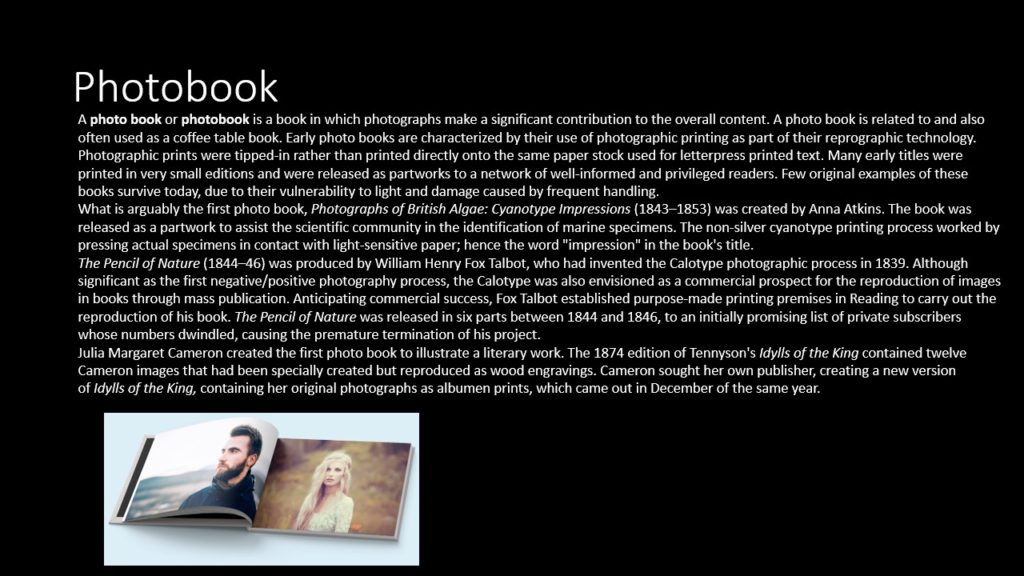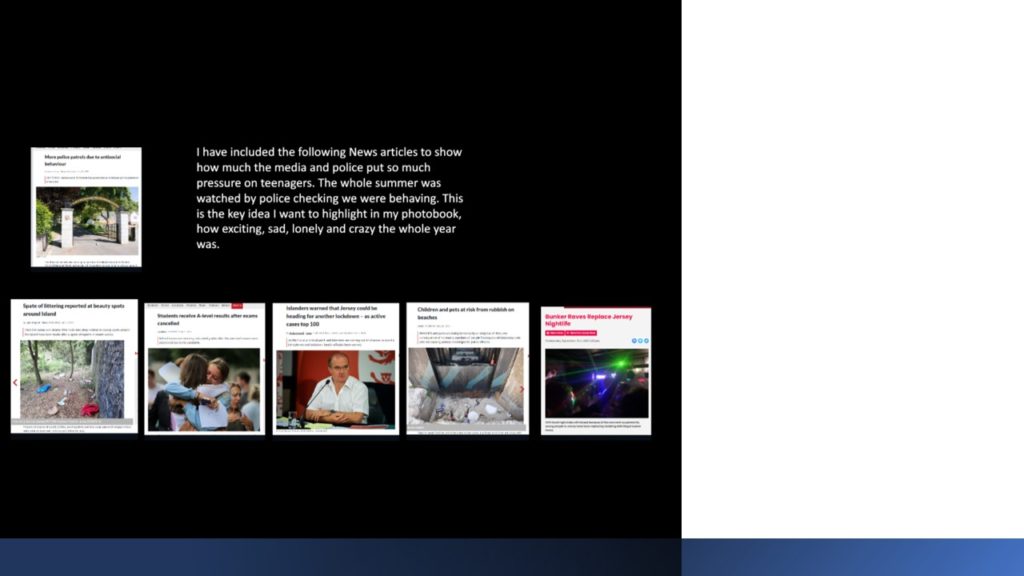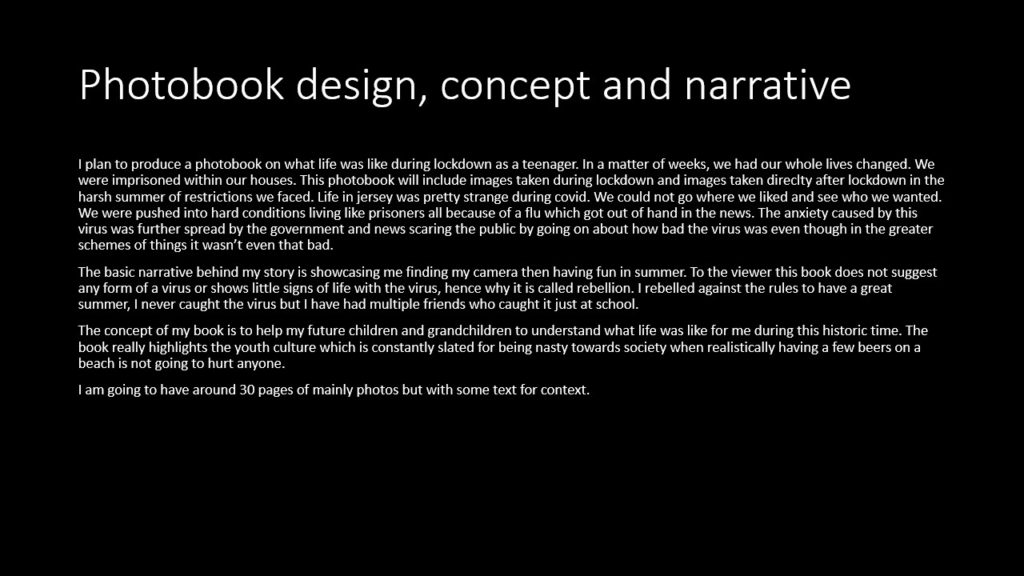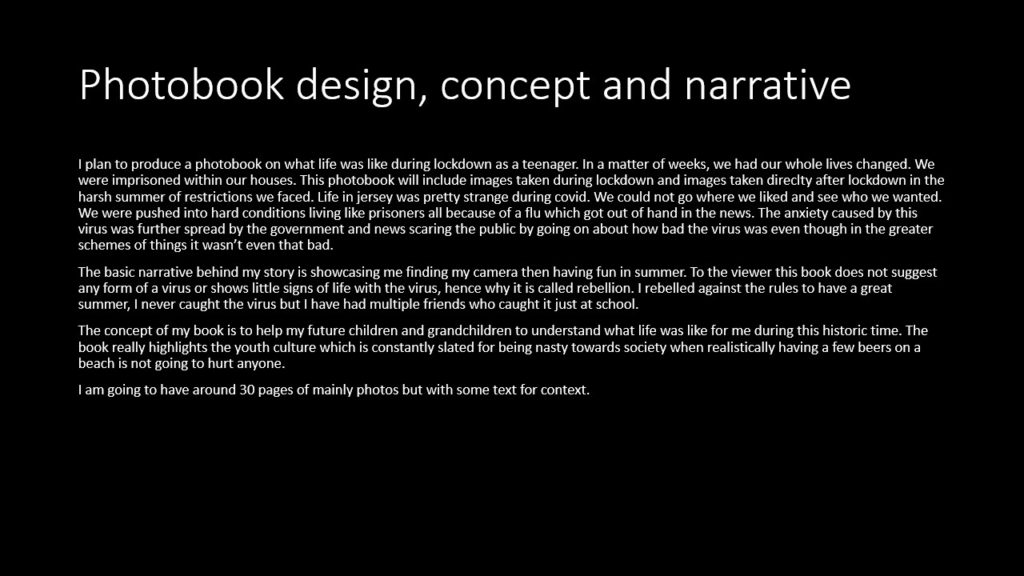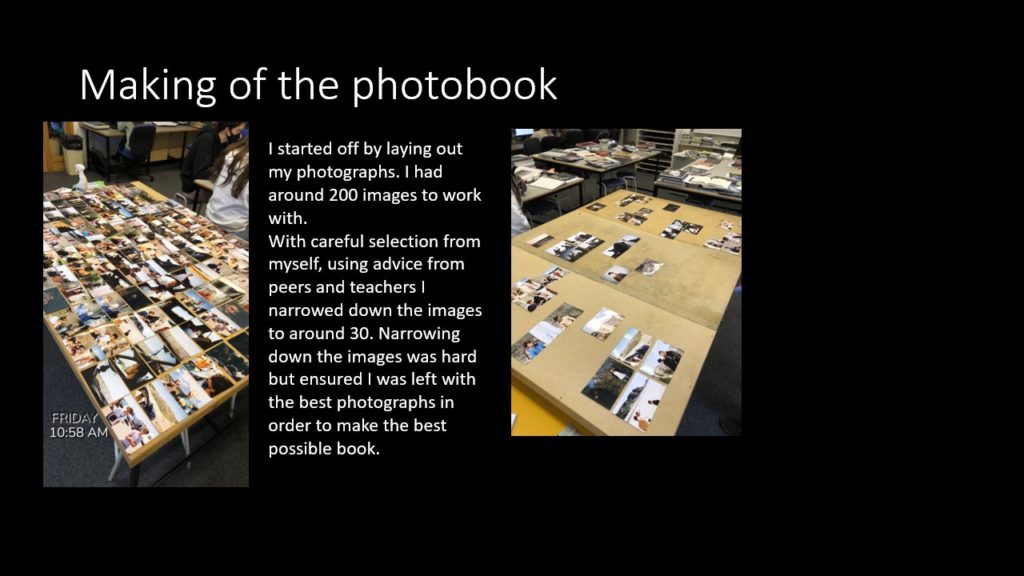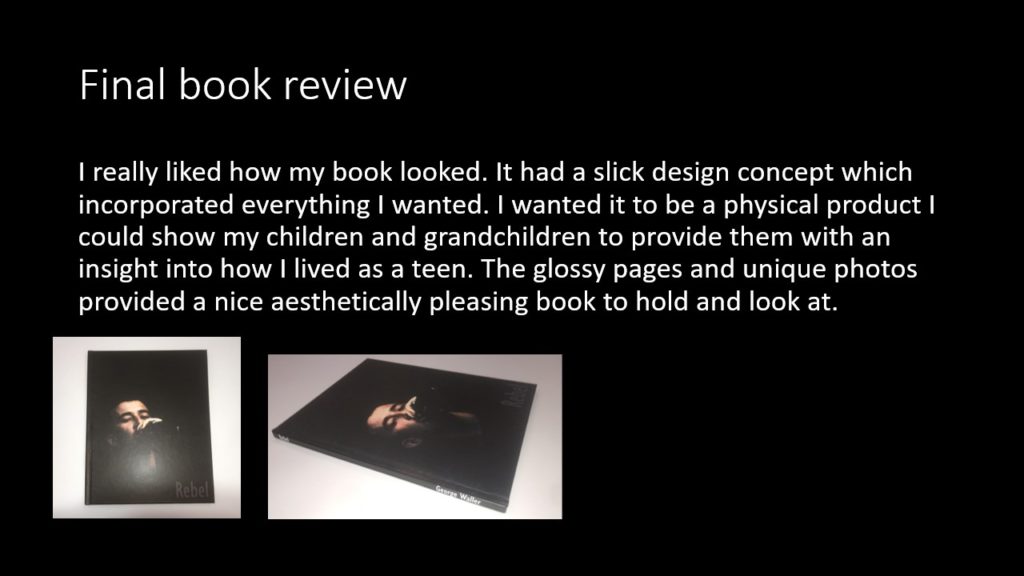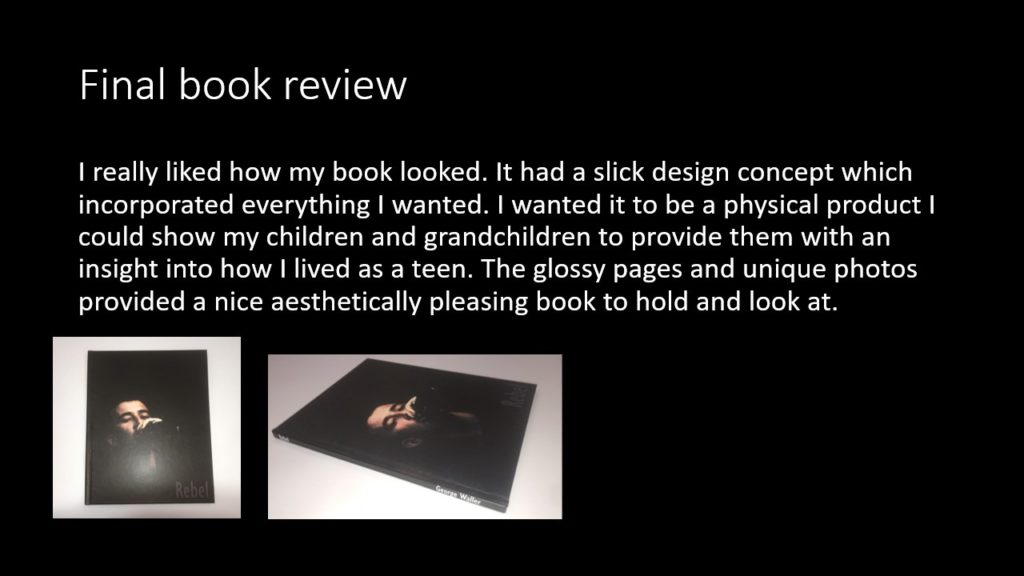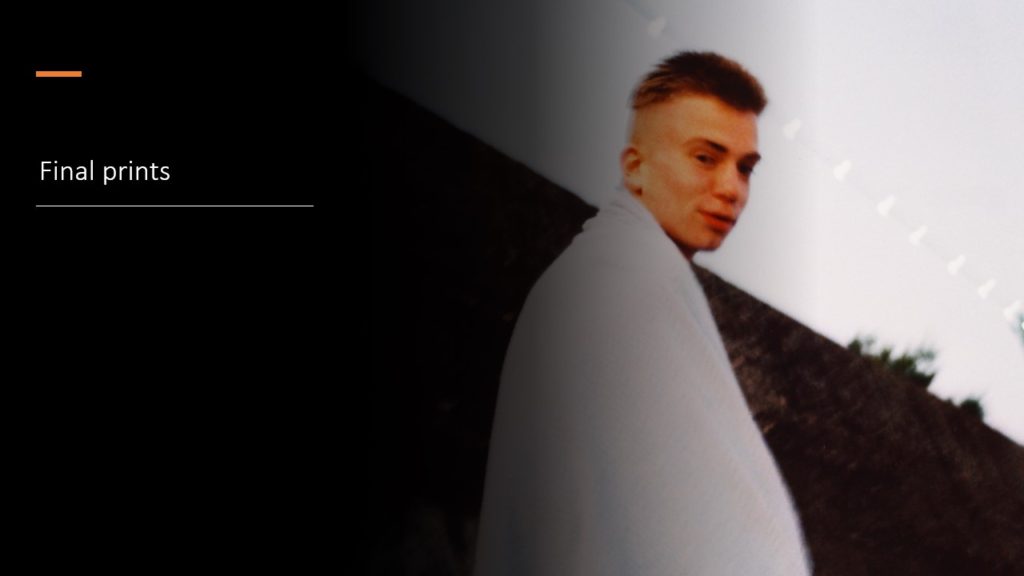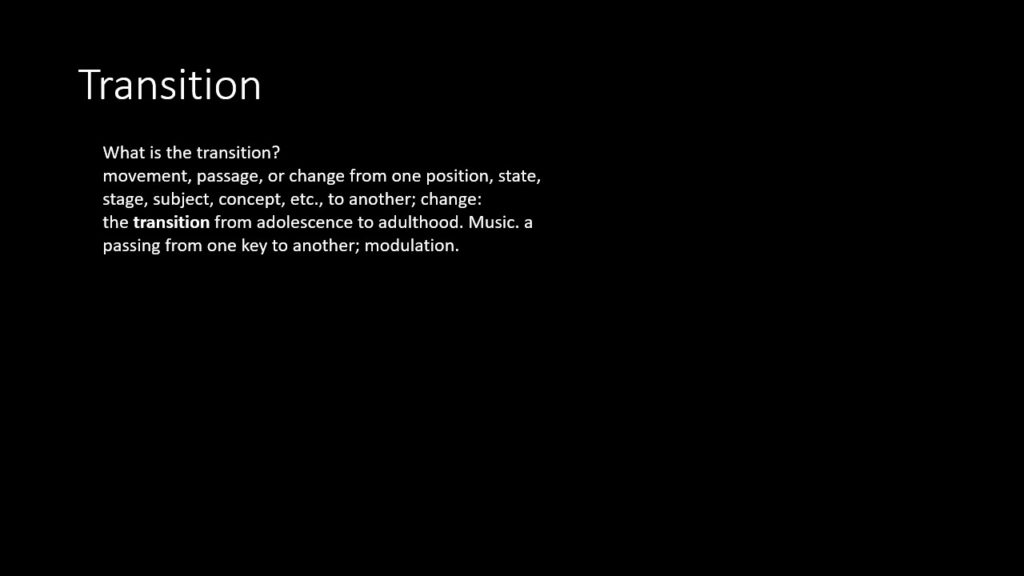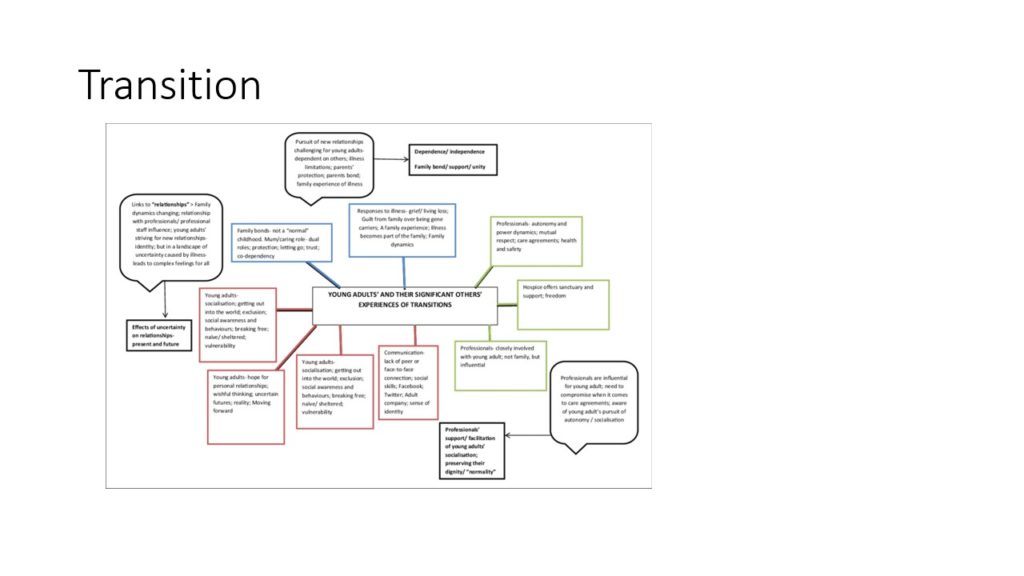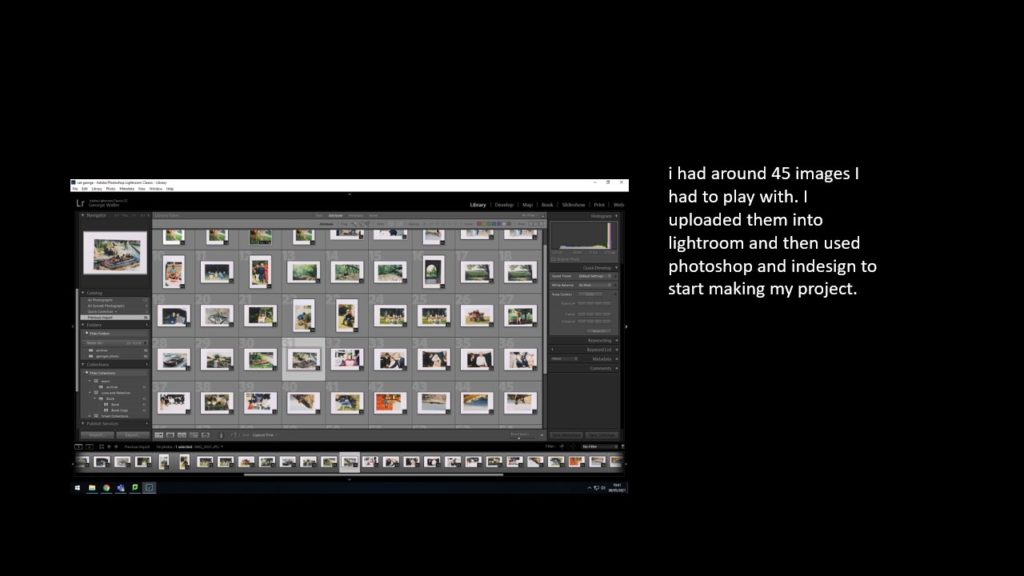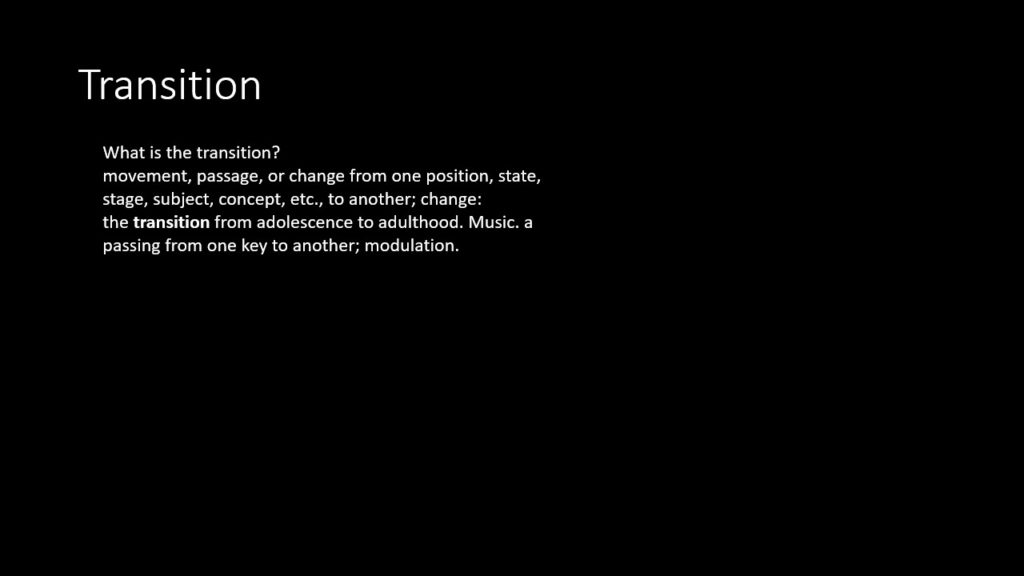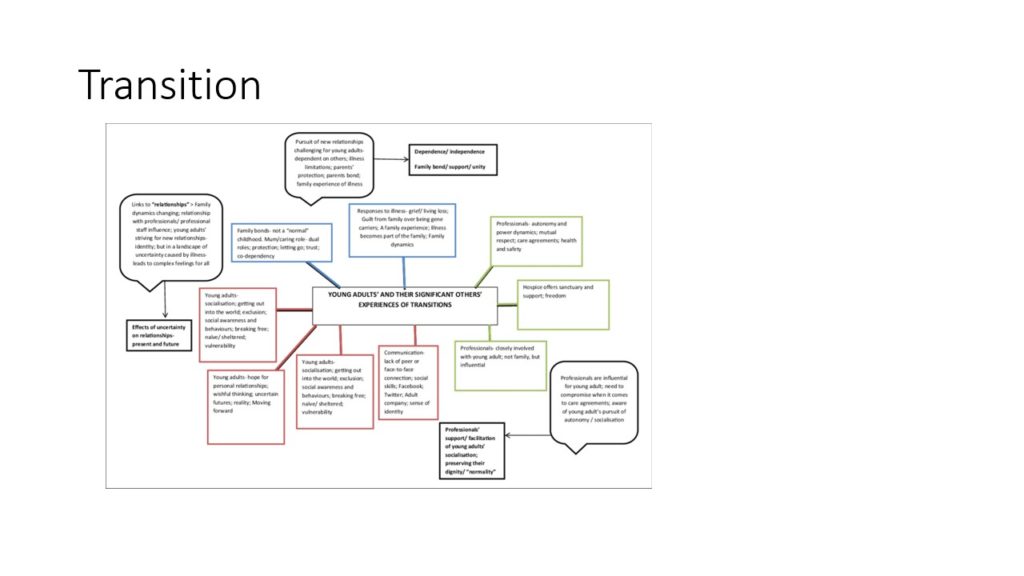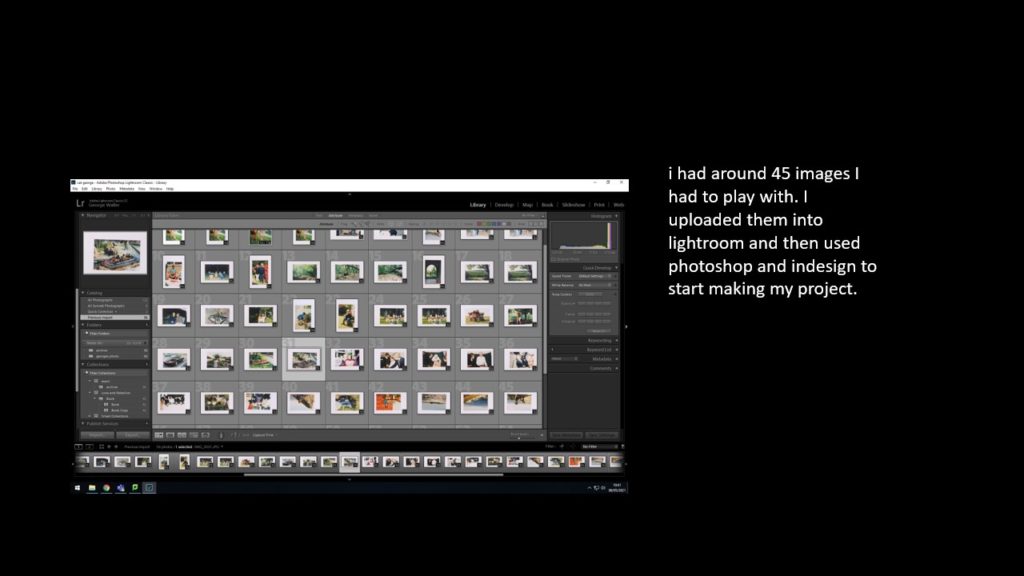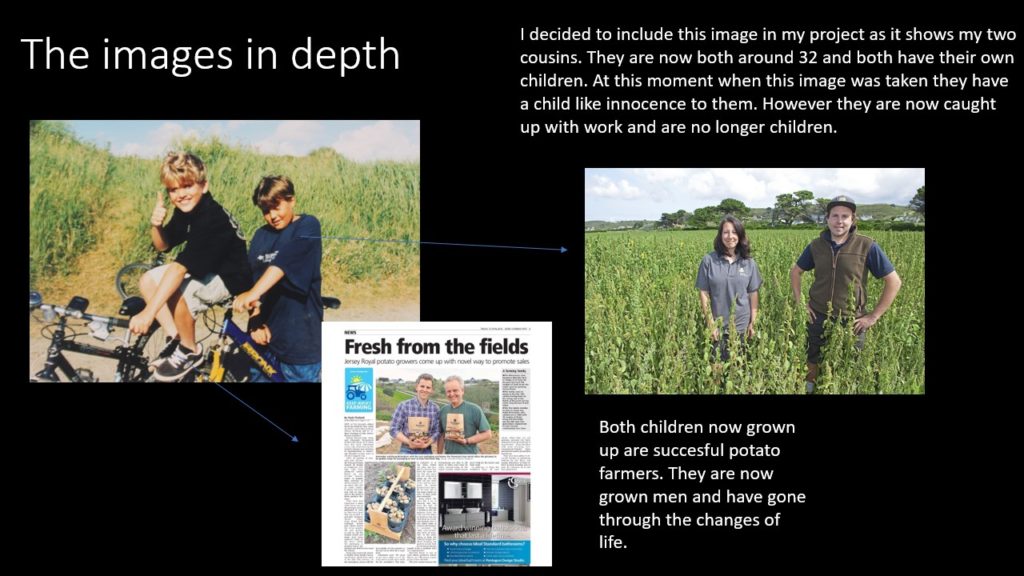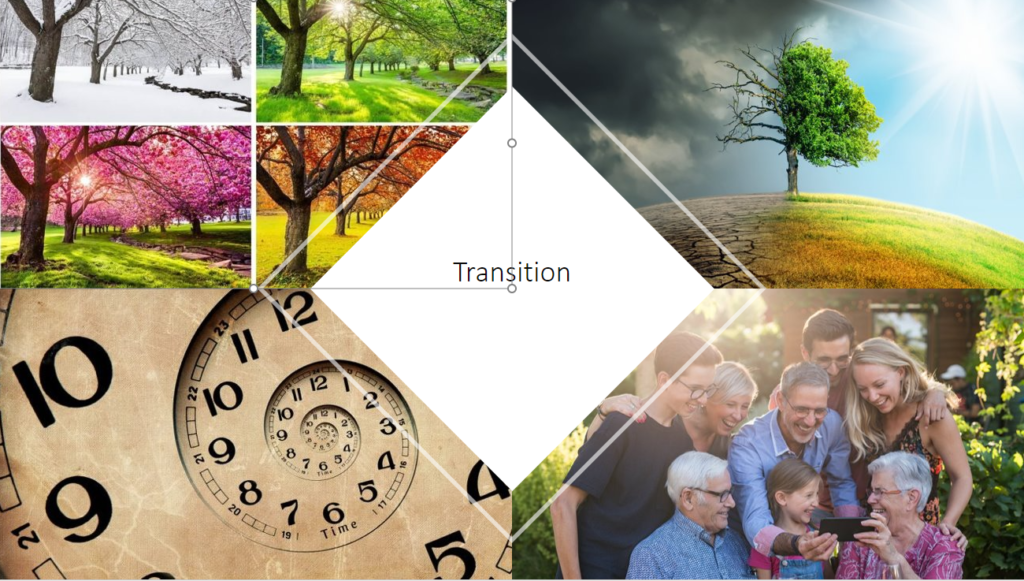
moodboard transition


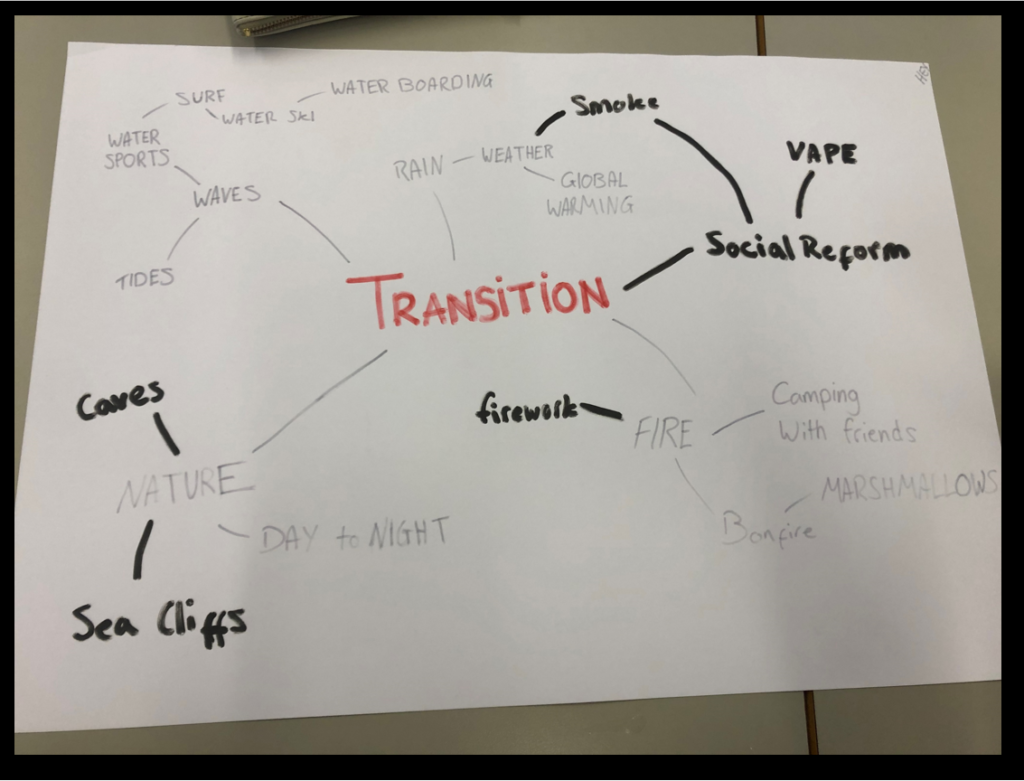
Transition: There are many ways to define Transition it’s a passage from one state, stage, or place to another.
I intend to showcase Transition by looking at old images from my family photo collection and making a photobook which shows my family 20 years ago before I was born.
I took inspiration from Nicholas Nixon ‘The Brown Sisters’ by using images of my family to rediscover my past and to help my nan with memory lost to remember her grandchildren as they were growing up. I want to use the idea of wildlife to show the peacefulness of being young so I want to incorporate lots of images of the outdoors in my book
Everyone in the project has changed and moved on in their stages of life. people in this book have died, been married, had children etc and have advanced.The idea of transition will be the focus point in this book.
I think that I accomplished what the EXAM brief stated quite successfully with the THEME being TRANSITION.
I’m planed to use the idea of change within a genration of family to showcase the idea of transition between life, aging and death to show how people change over time. However I didn’t decide to incorporate new photos instead I munipliated fixed old overexposed images to make a nice photobook for my grandmother to reflect on her time in the early 90s.
I belived the project was a success as I have made a good quality book.
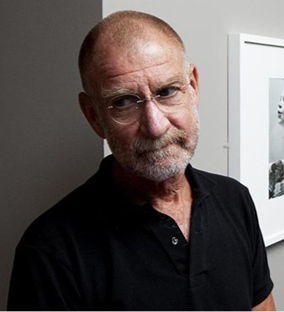

While visiting his wife’s family in the summer of 1975, photographer Nicholas Nixon was asked by wife Bebe to take a portrait of her and her three sisters. After he saw the black and white image developed of the beautiful, down-to-earth quartet, he asked if he could take a portrait of them every year.
Across nearly his entire professional career of four decades, Nixon documented the Brown sisters, finally unveiling the collection to art exhibits a few years ago. At the time of the first photo, the girls (from left to right) Heather, Mimi, Bebe and Laurie ages ranged from 15 to 25.
Using an eight-by-ten-inch view camera, whose large negatives capture a wealth of detail and a luscious continuity of tone, Nixon and the Brown sisters managed to come together every year for their annual portrait.
In every photo, you won’t find the cheerful, made-for-camera smiles, but guarded gazes penetrating the lens. As the girls age into women, little changes about their personalities reflected in the photos. The same amount of closeness, or distance, between each stays relatively the same as much as their facial expressions remain unchanged.
All forty photos are currently on display at the Museum of Modern Art to coincide with the museum’s publication of the book, “The Brown Sisters: Forty Years.” The museum hopes that Nixon and the Brown sisters will continue the project for many years to come.
I will not be taking photos of my family across 40 years, but I am inspired to work on the idea of familys growing older and changing. I am going to make a book with the theme changes and transition.
Nicholas nixon:
Nixon was born in 1947 in Detroit, Michigan.
Influenced by the photographs of Edward Weston and Walker Evans, he began working with large-format cameras. Whereas most professional photographers had abandoned these cameras in favor of shooting on 35 mm film with more portable cameras, Nixon preferred the format because it allowed prints to be made directly from the large format negatives, retaining the clarity and integrity of the image. Nixon has said “When photography went to the small camera and quick takes, it showed thinner and thinner slices of time, [unlike] early photography where time seemed non-changing. I like greater chunks, myself. Between 30 seconds and a thousand of a second the difference is very large.”
His first solo exhibition was at the Museum of Modern Art curated by John Szarkowski in 1976. Nixon’s early city views taken of Boston and New York in the mid-seventies were exhibited at one of the most influential exhibitions of the decade, New Topographics: Photographs of a Man-Altered Landscape at the George Eastman House in 1975. In the late nineties, Nixon returned to this subject matter to document Boston’s changing urban landscape during the Big Dig highway development project. In 1976, 1980, and 1987, Nixon was awarded National Endowment for the Arts Photography Fellowships. In 1977 and 1986, he was awarded Guggenheim Fellowships.
Nixon’s subjects include schoolchildren and schools in and around Boston, people living along the Charles River near Boston and Cambridge as well as cities in the South, his family and himself, people in nursing homes, the blind, sick and dying people, and the intimacy of couples. Nixon is also well known for his work People With AIDS, begun in 1987. Nixon recorded his subjects with meticulous detail in order to facilitate a connection between the viewer and the subject.
In 1975, Nixon began his project, The Brown Sisters consisting of a single portrait of his wife, Bebe, and her three sisters each year, consistently posed in the same left to right order. As of 2014, there are forty portraits altogether. The series has been shown at the St. Louis Art Museum, Museum of Modern Art, Harvard University’s Fogg Art Museum, the Cincinnati Art Museum, the Modern Art Museum of Fort Worth the National Gallery of Art, and the Institute of Contemporary Art, Boston. In 2010, the Museum of Fine Arts, Boston organized the exhibition “Nicholas Nixon: Family Album” which included “The Brown Sisters” series among other portraits of his wife Bebe, himself and his children Sam and Clementine.
Nixon gained a B.A. from the University of Michigan in 1969 and an M.F.A from the University of New Mexico in 1975. He worked as a part-time professor at the Massachusetts College of Art and Design from 1975 until March 2018.
This is my final outcome from the project titled changes based on the theme transition. I decided to make a book of my family growing older from archival images i found and restored using lightroom,Photoshop and indesign.
